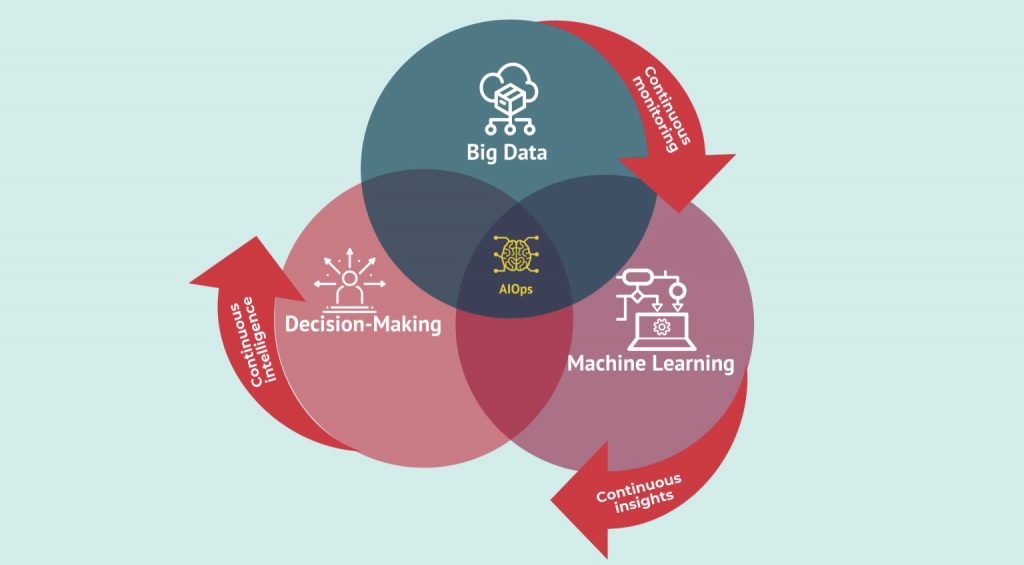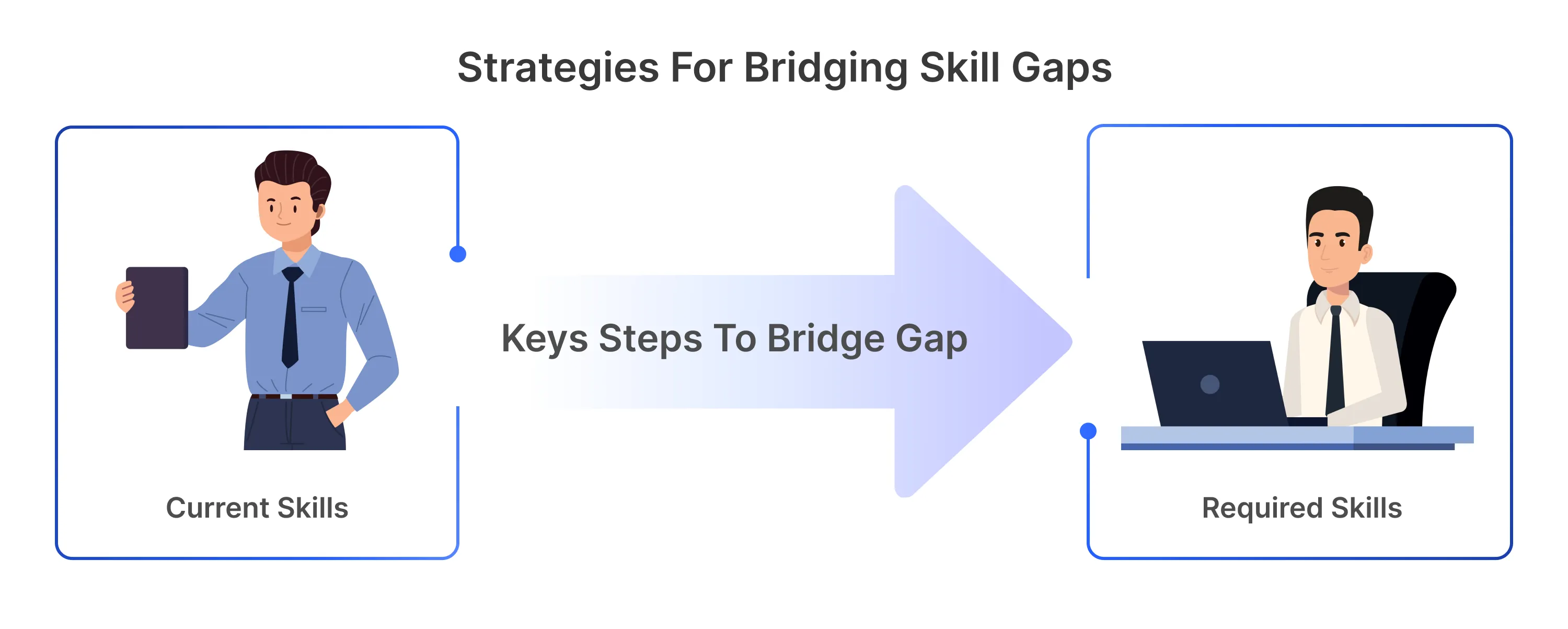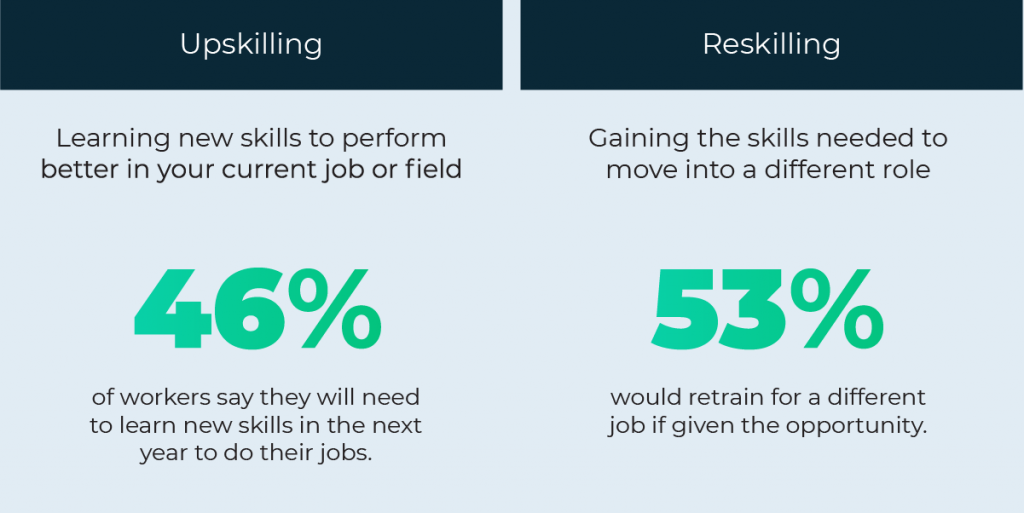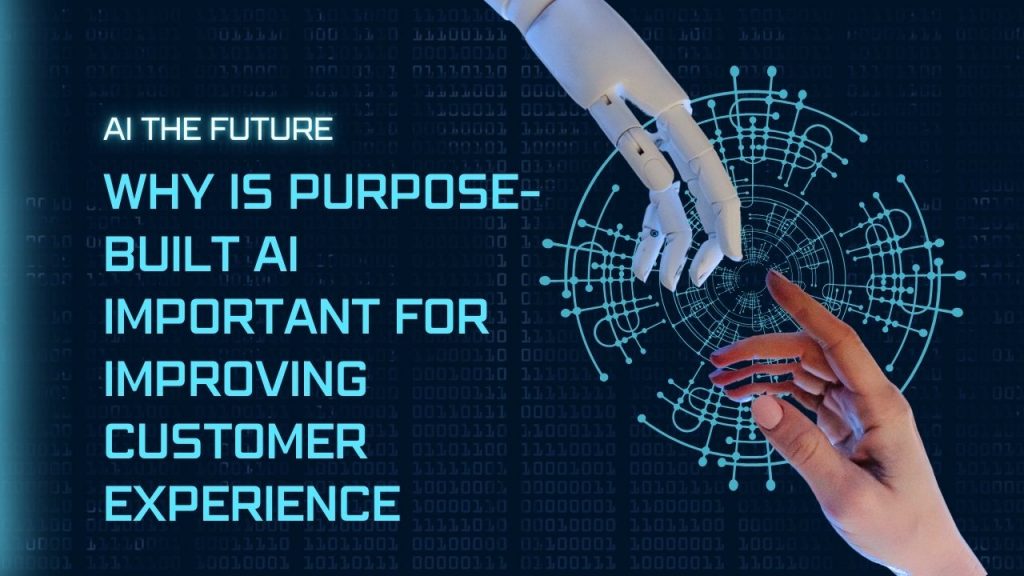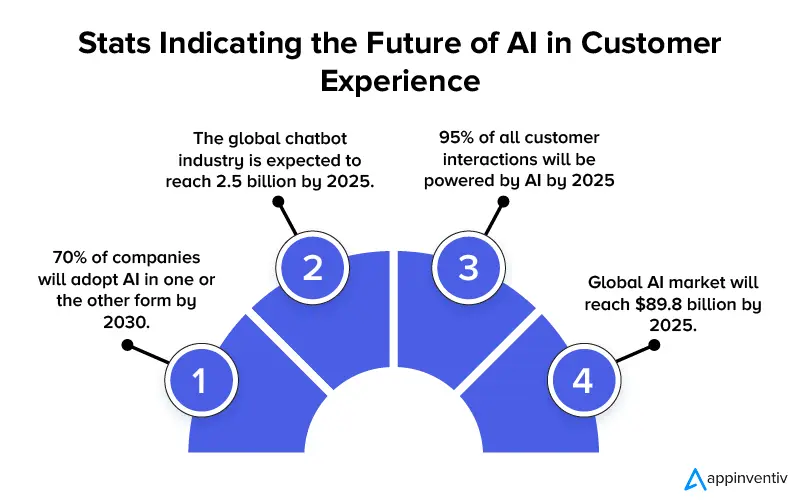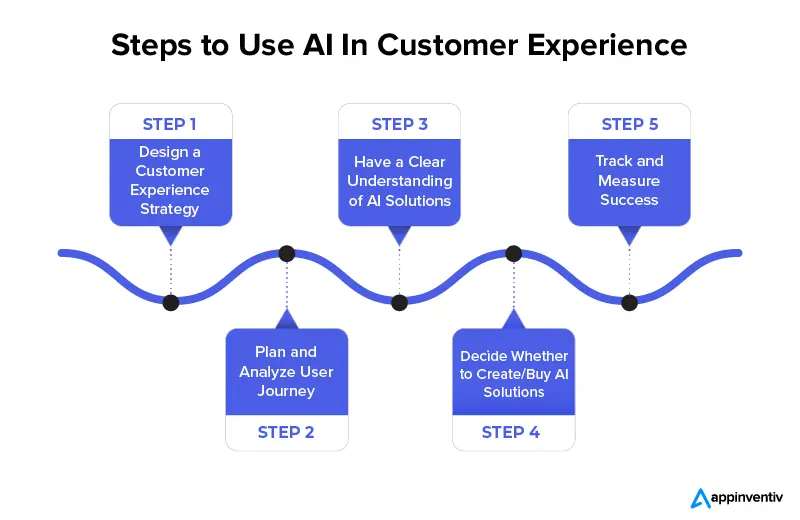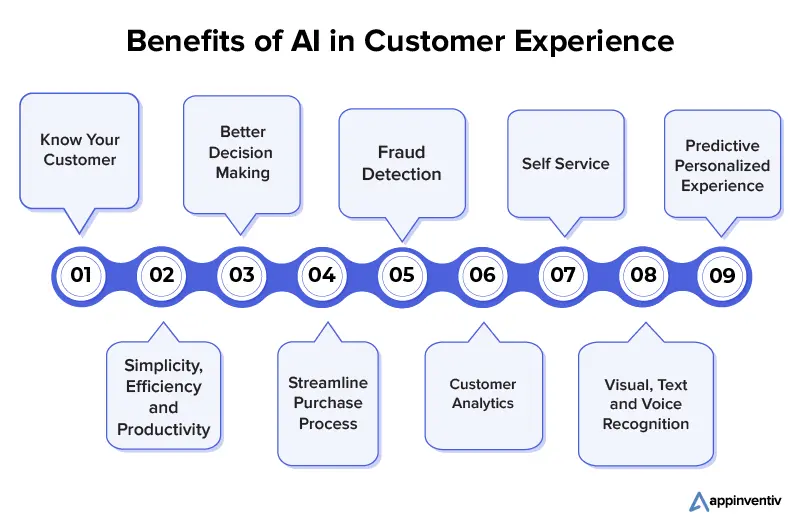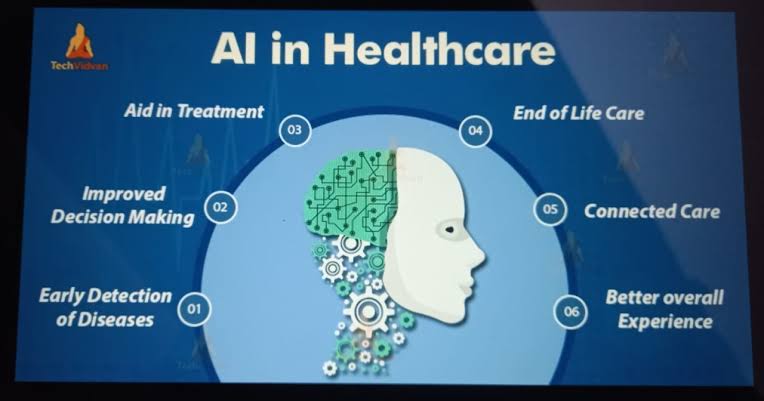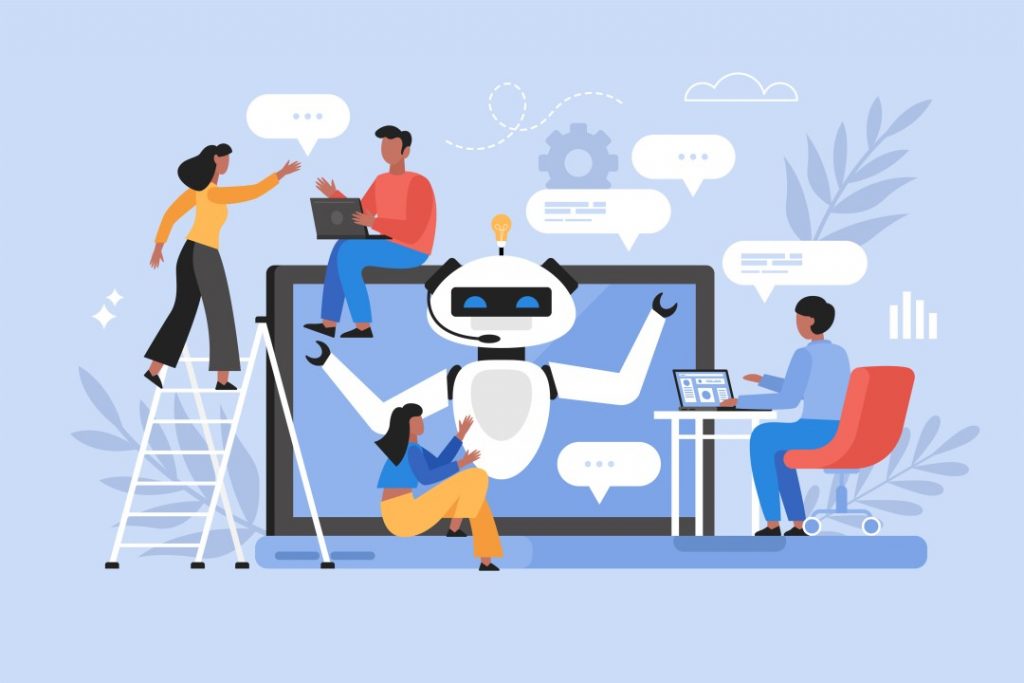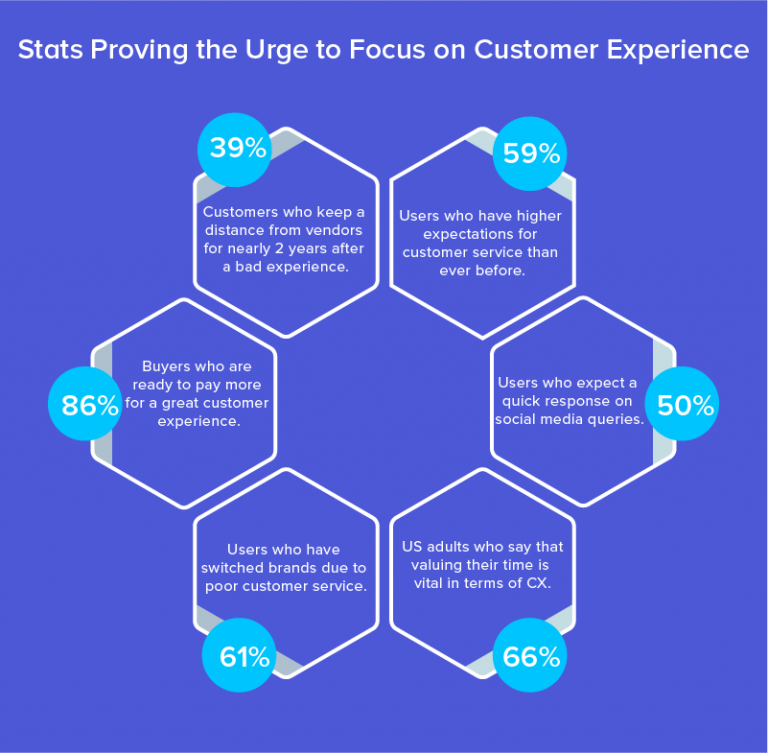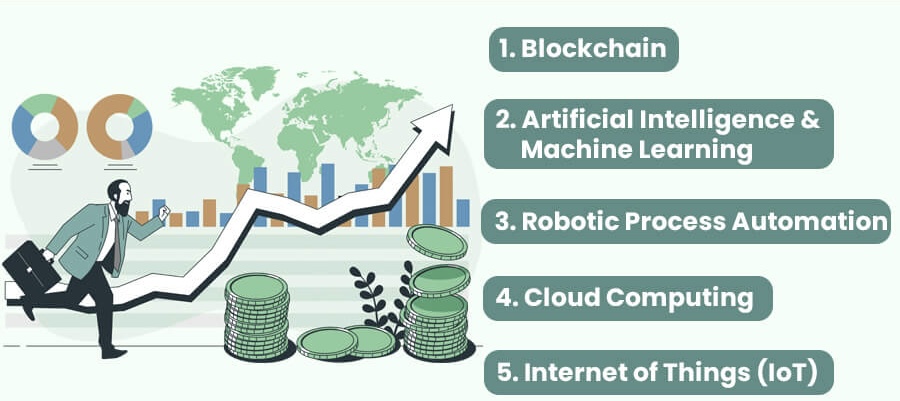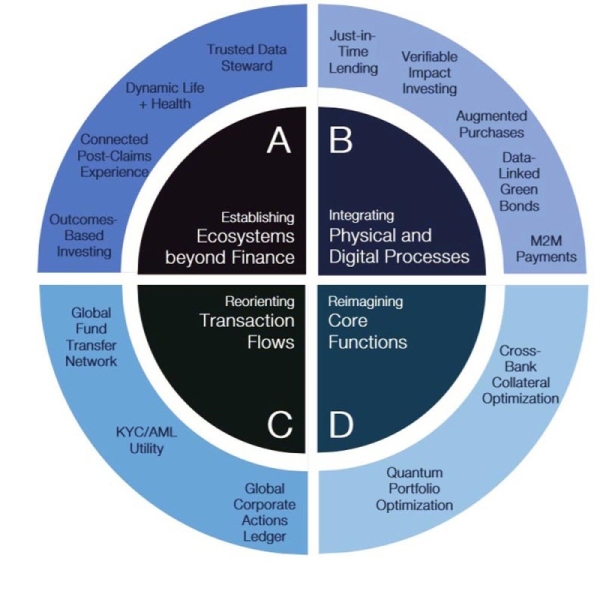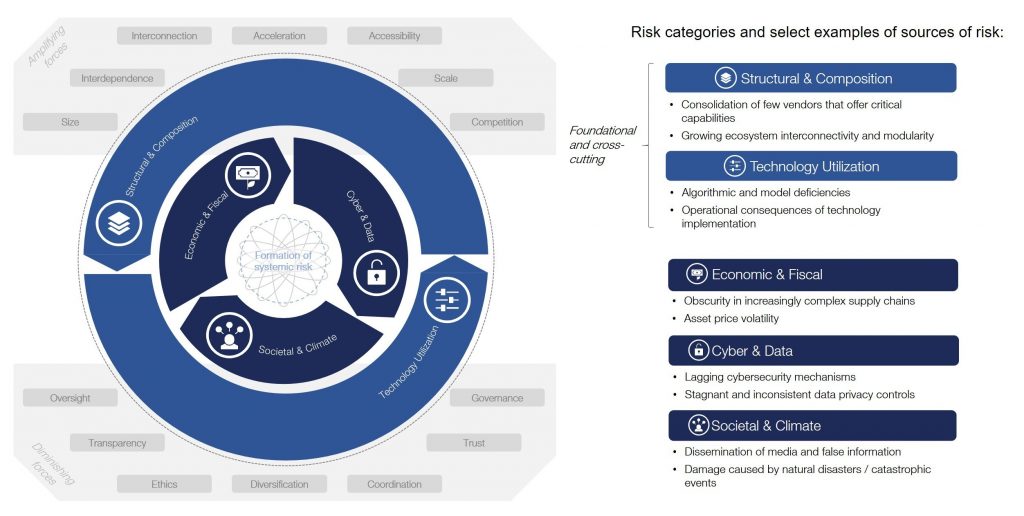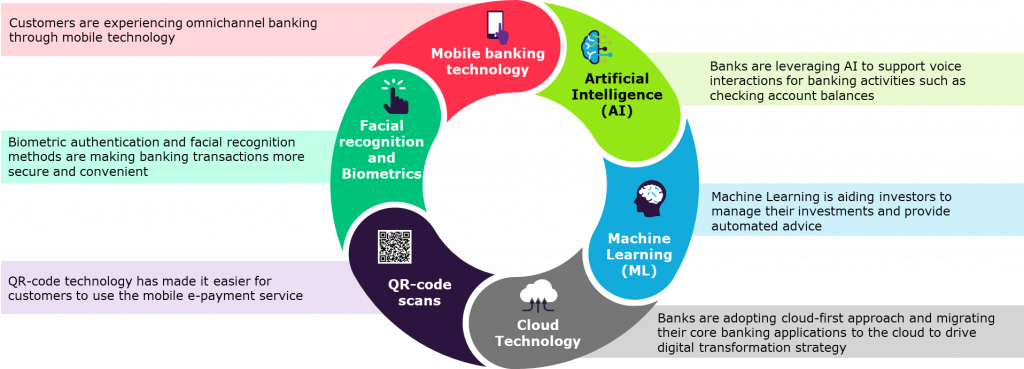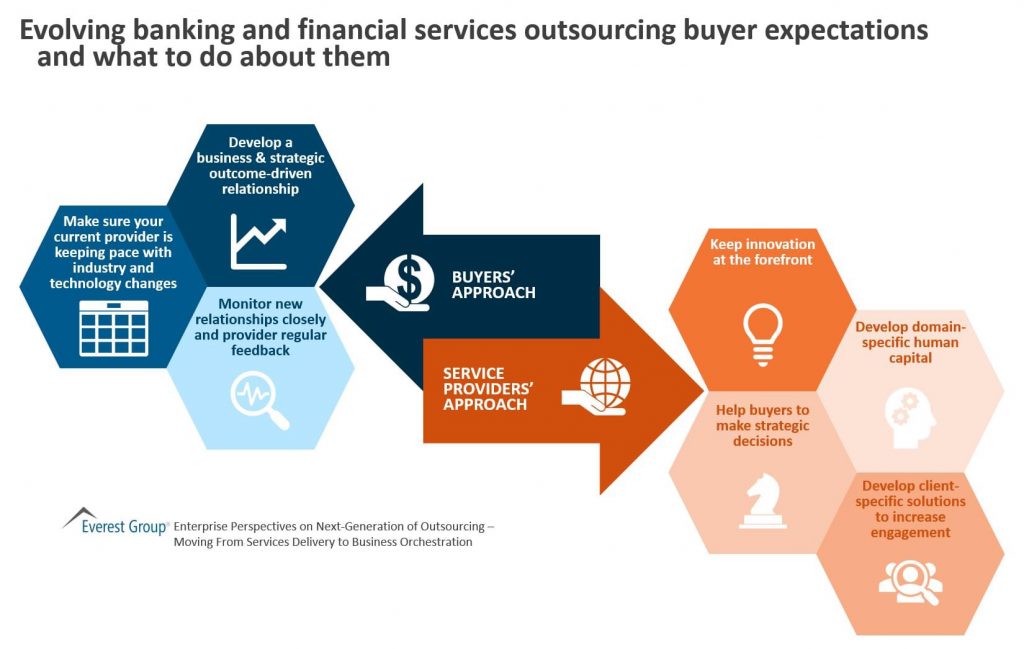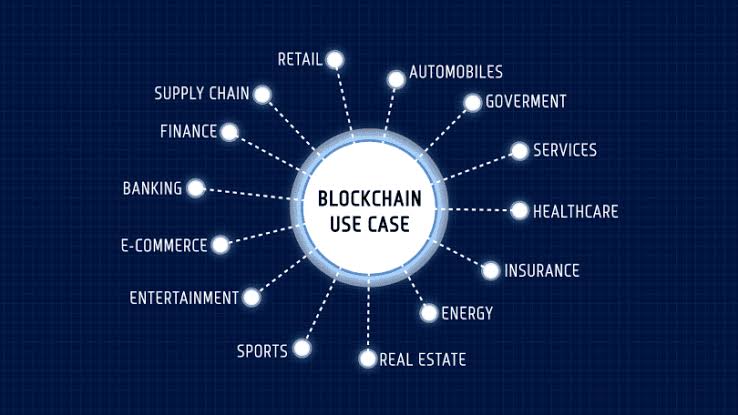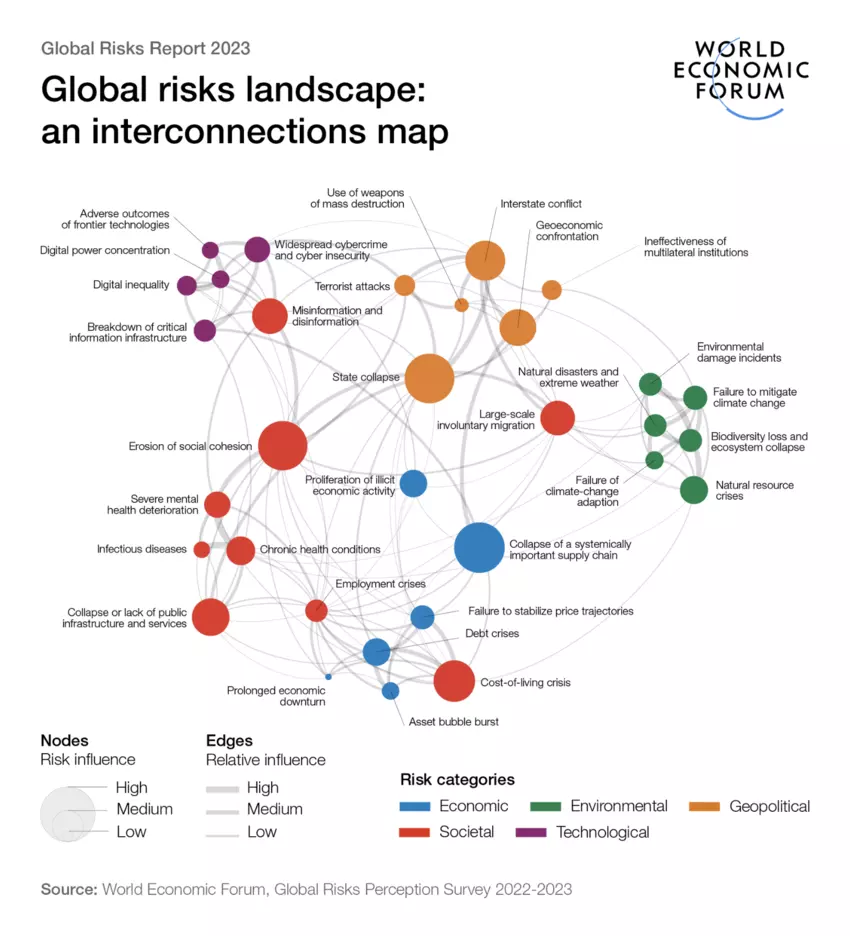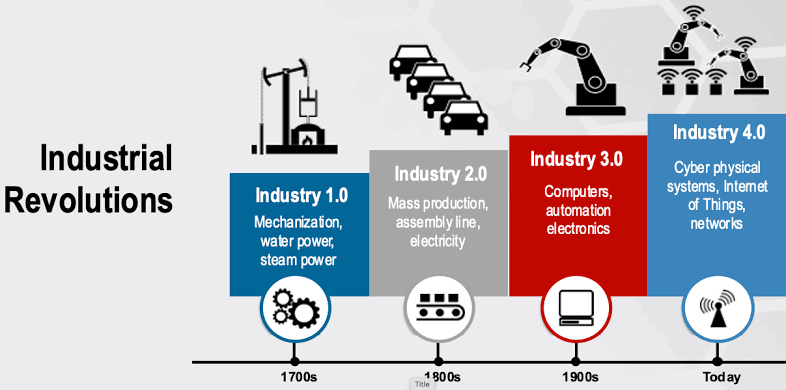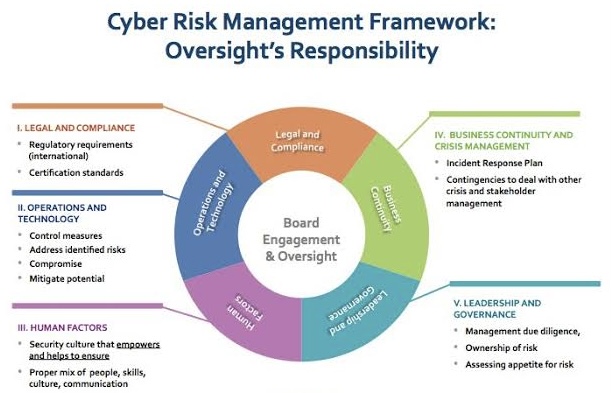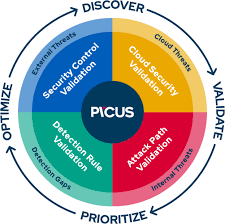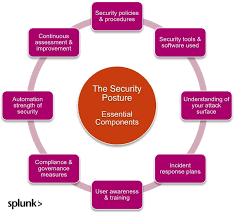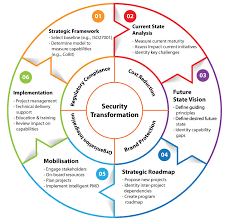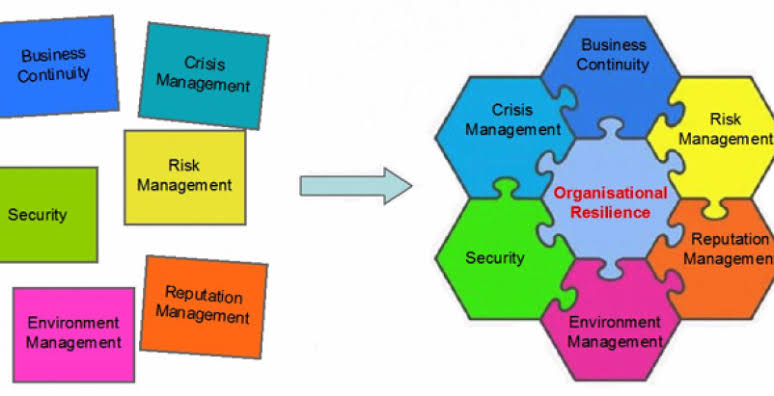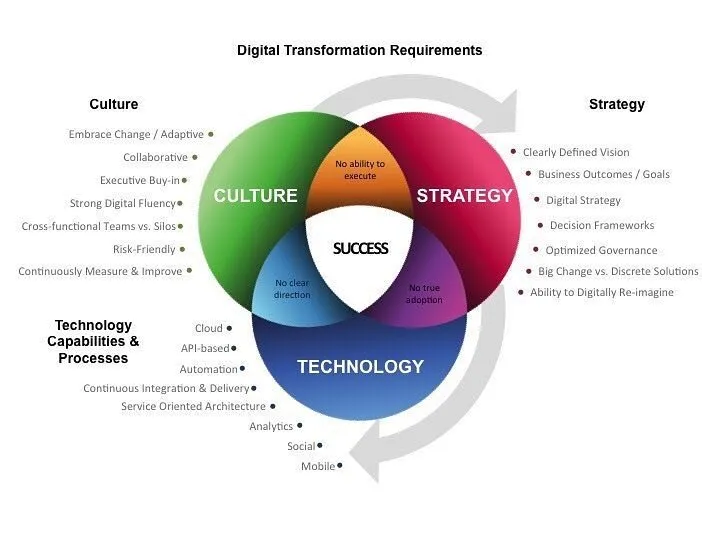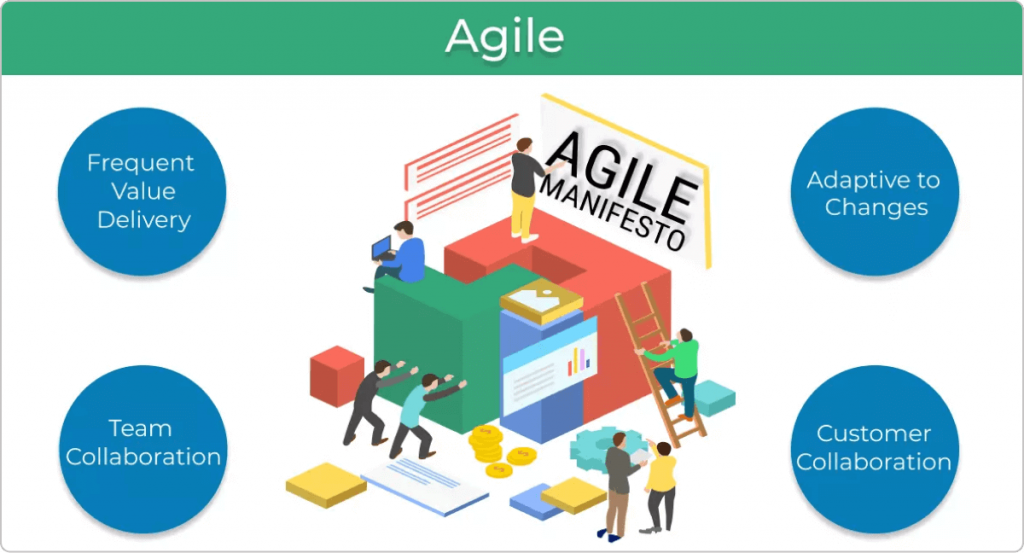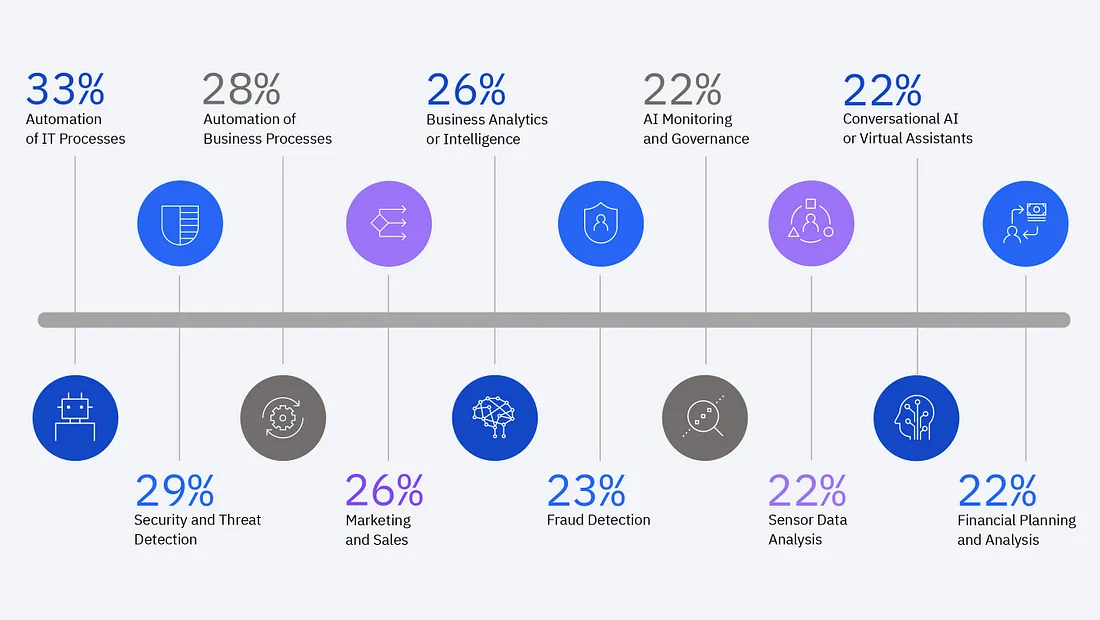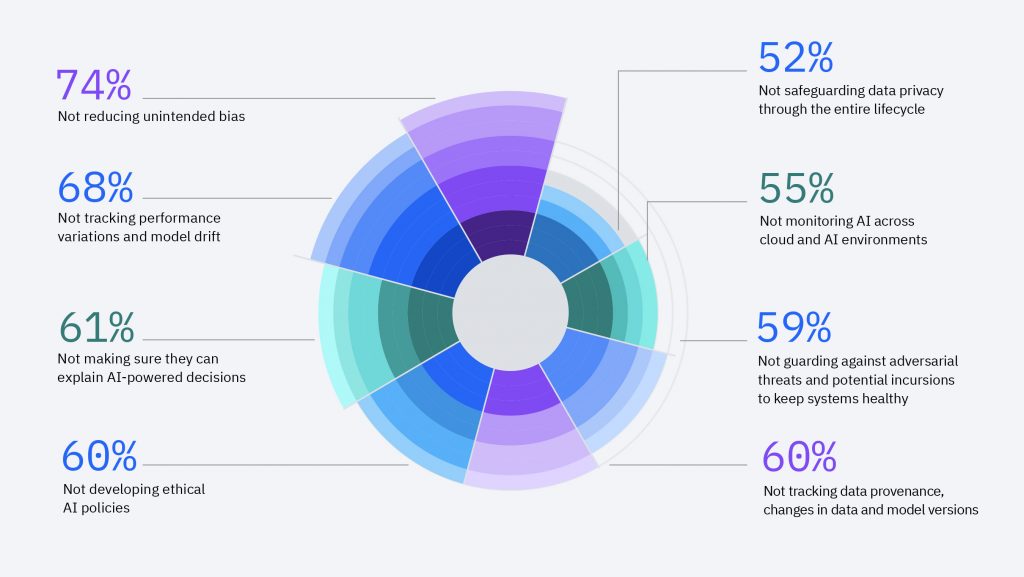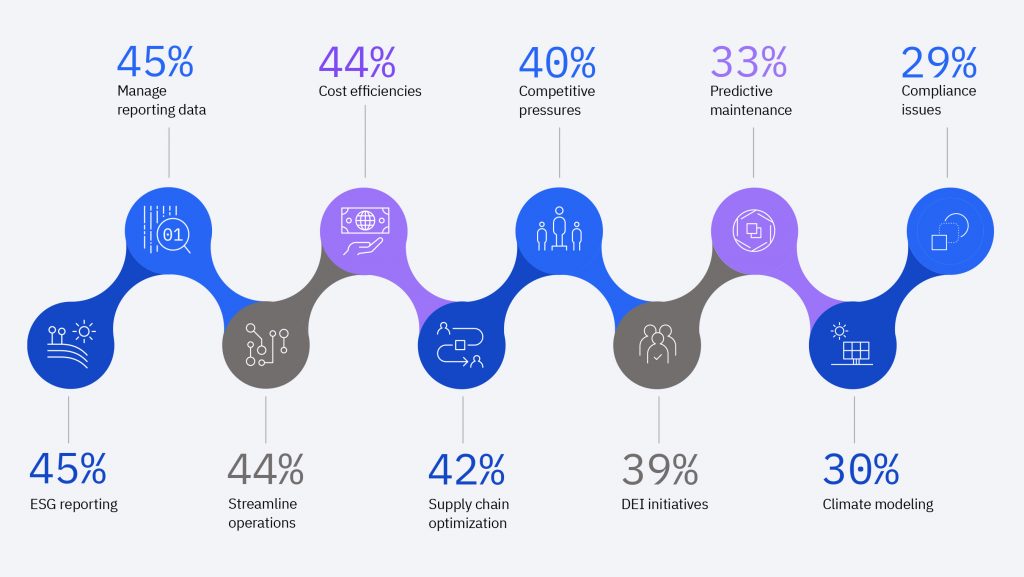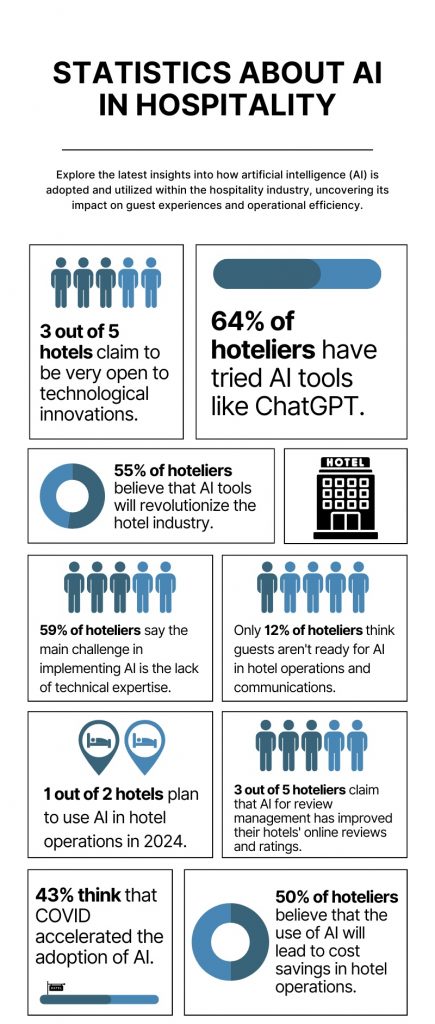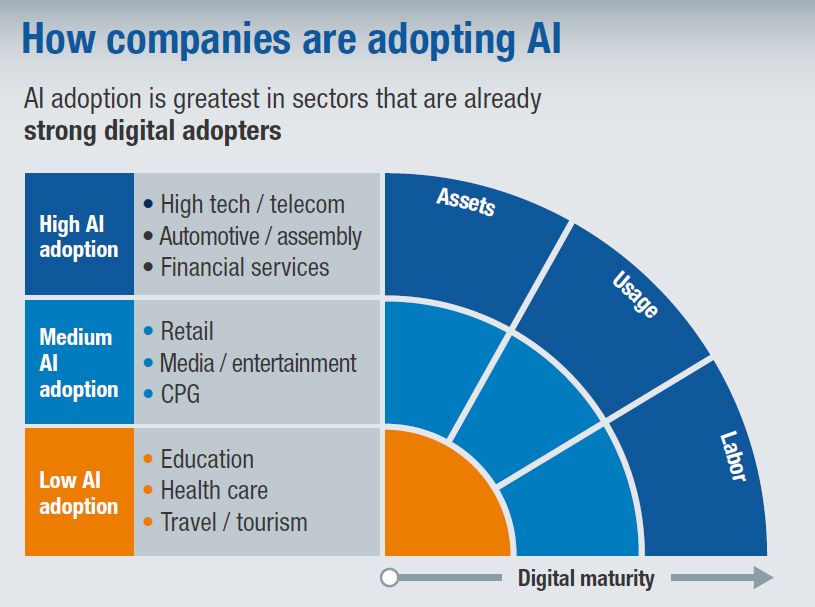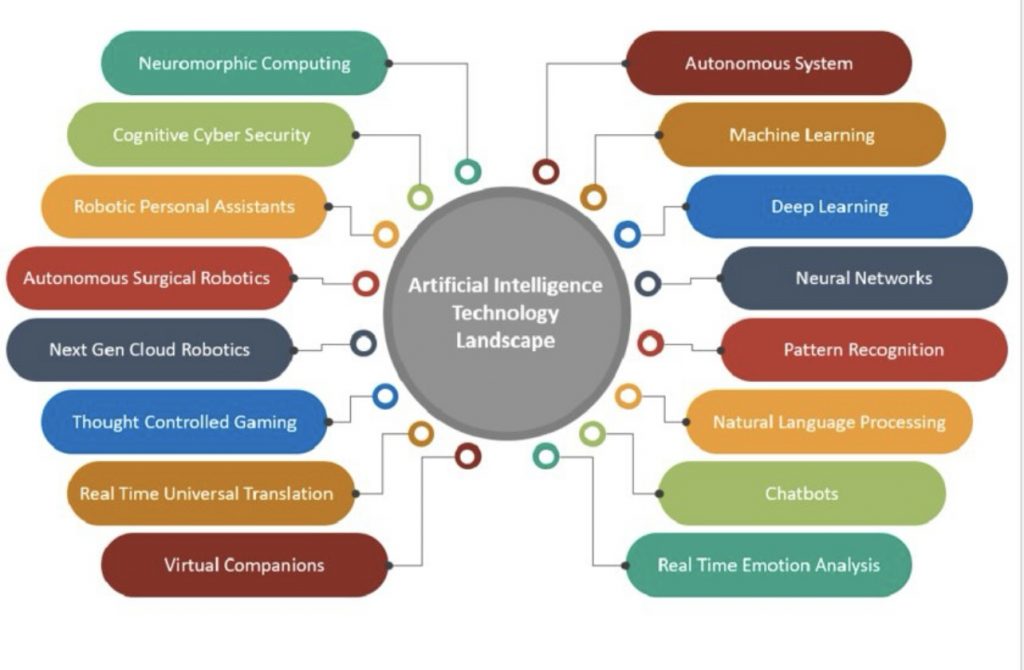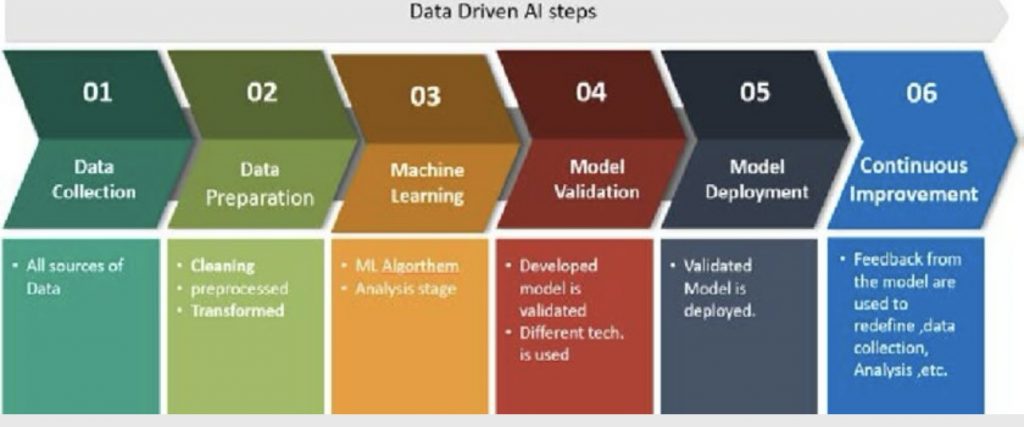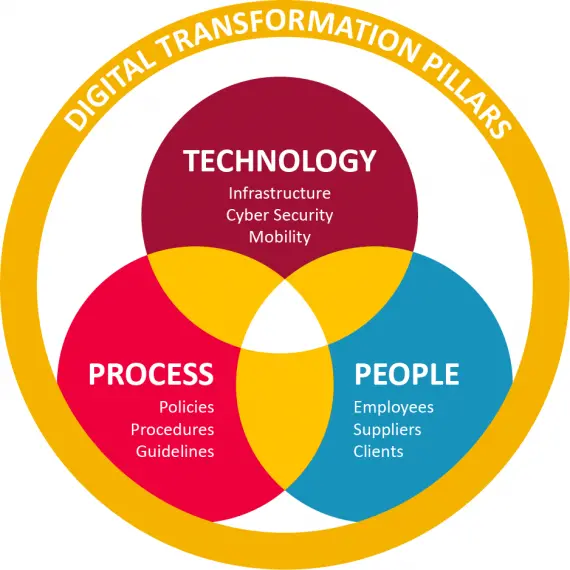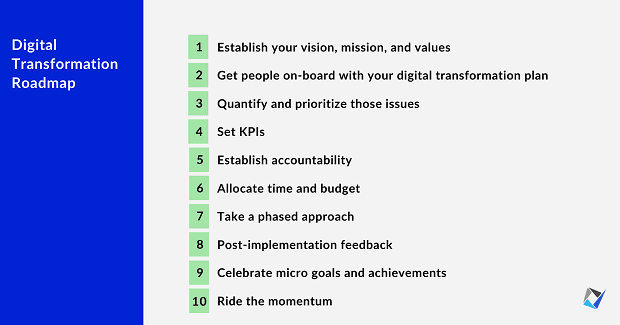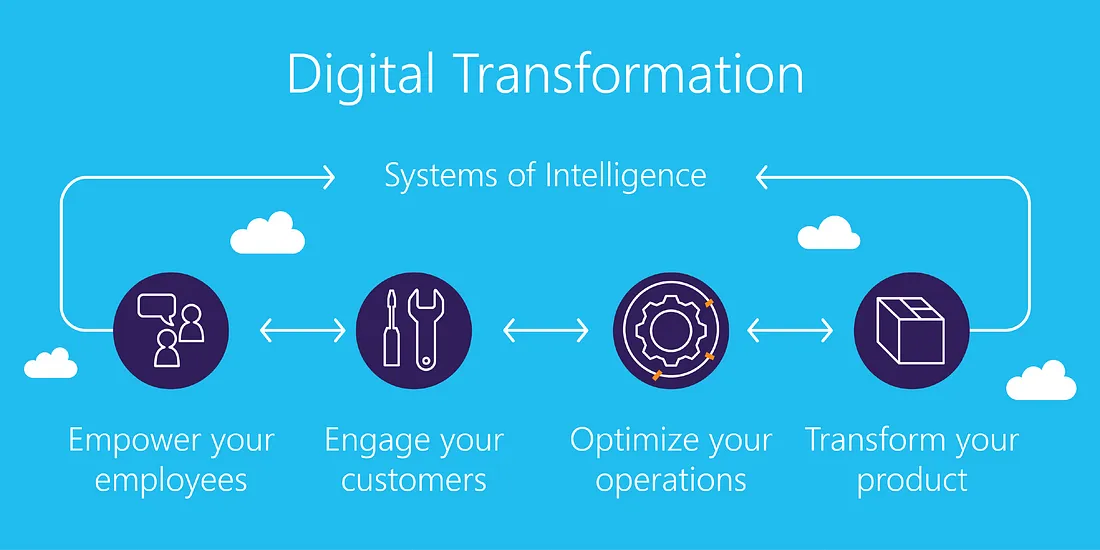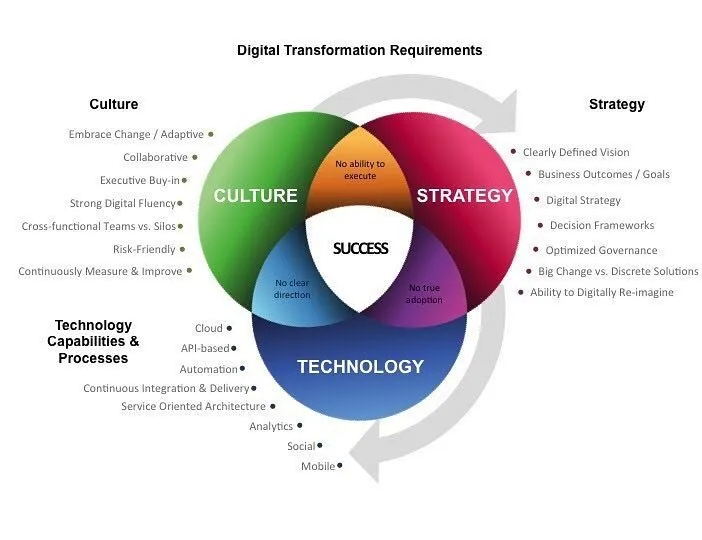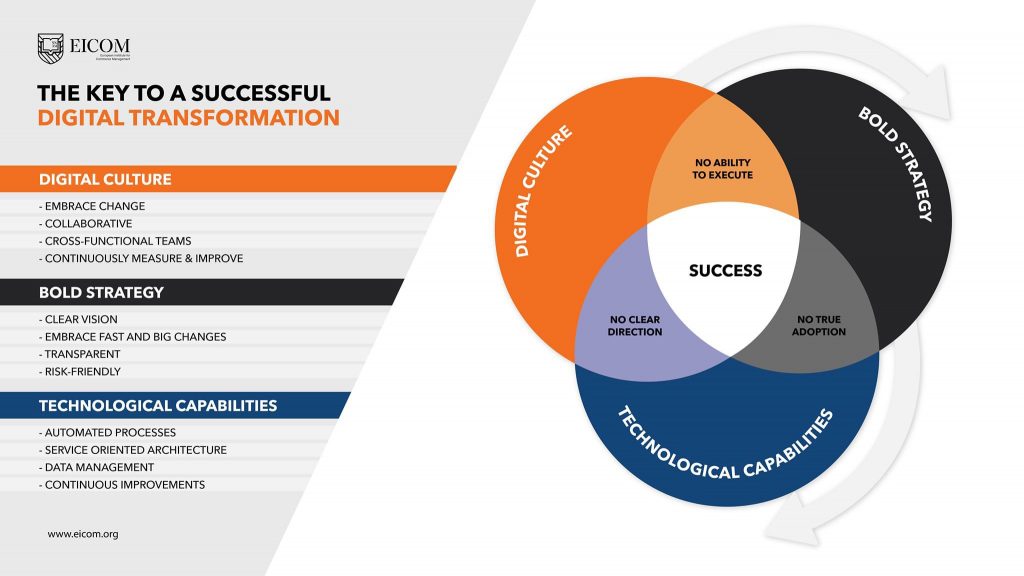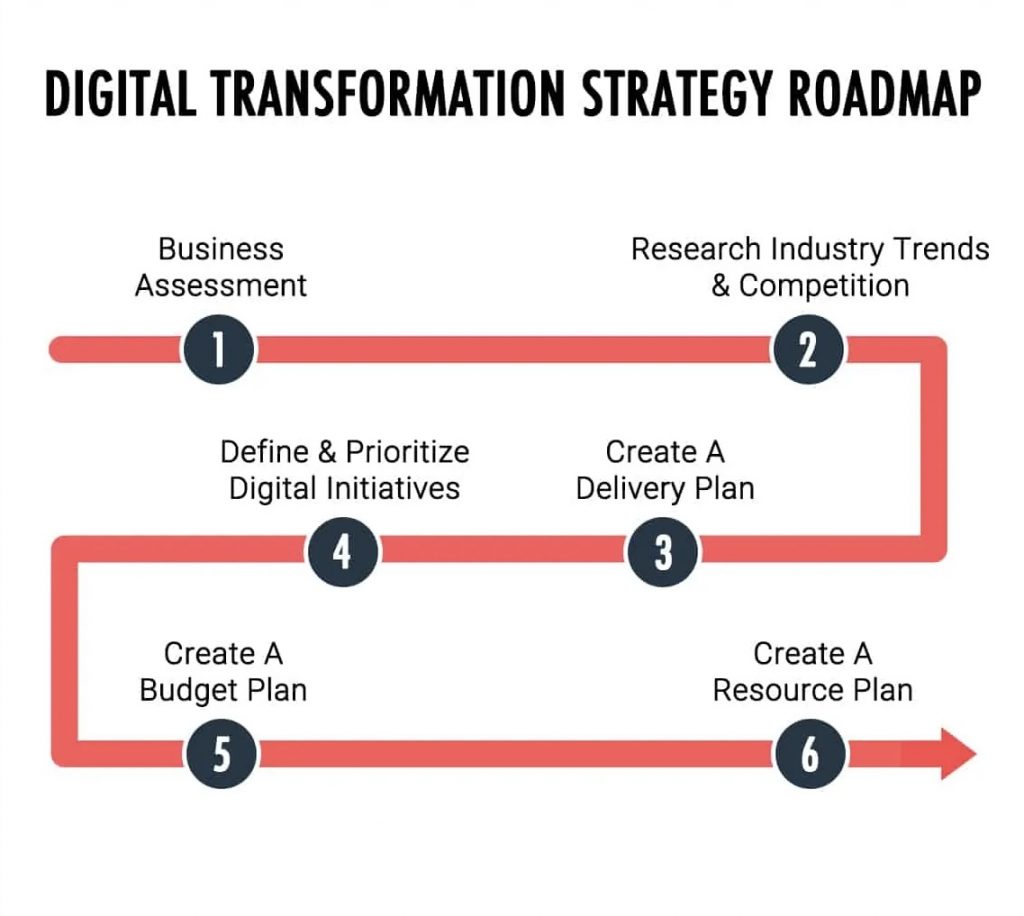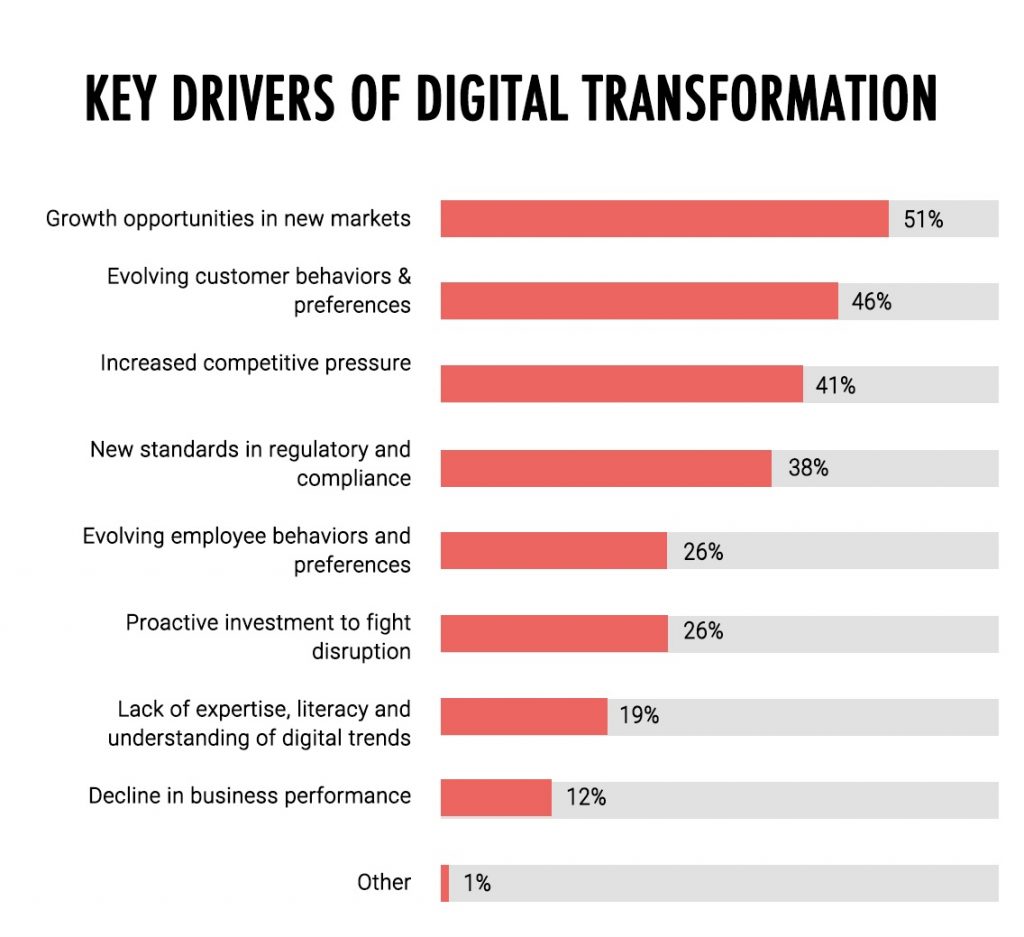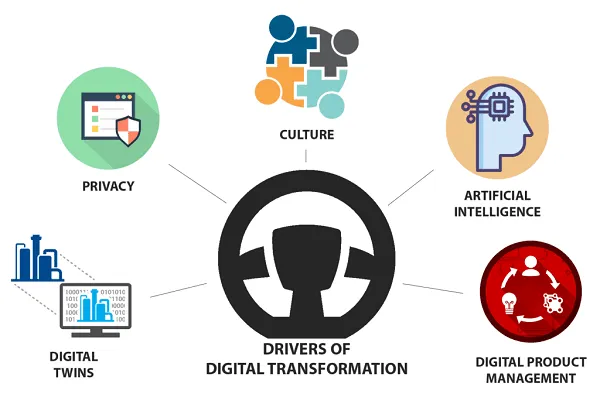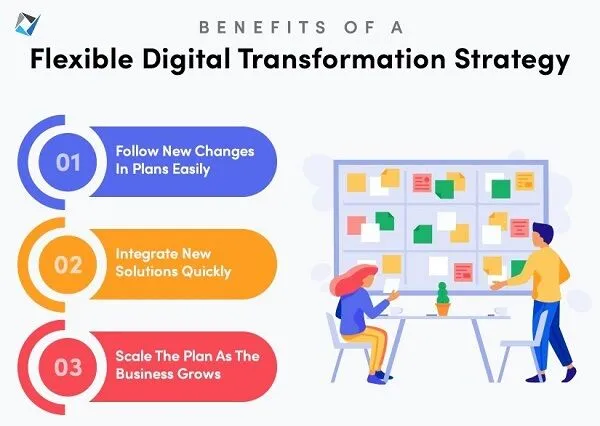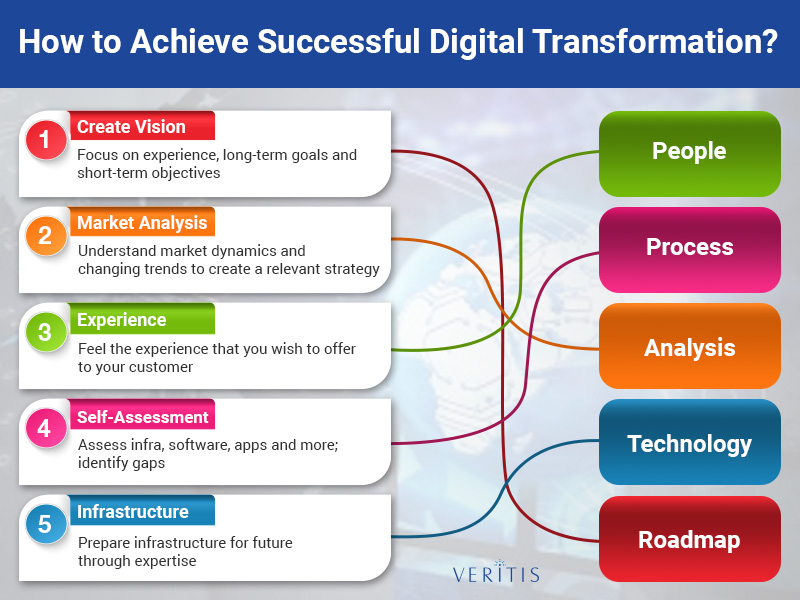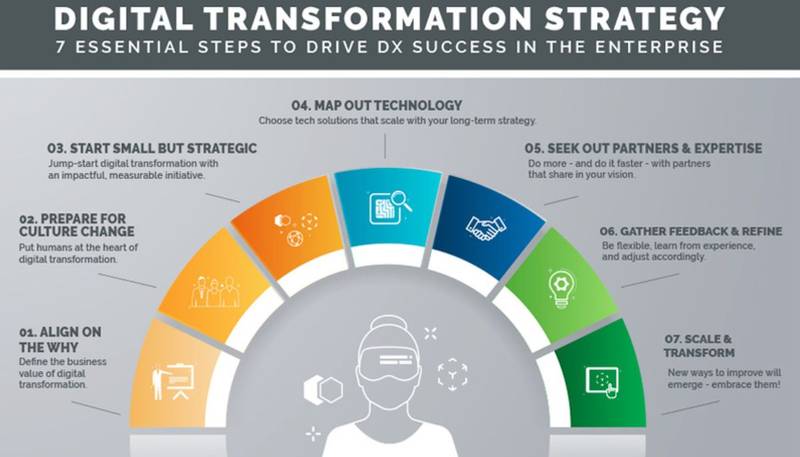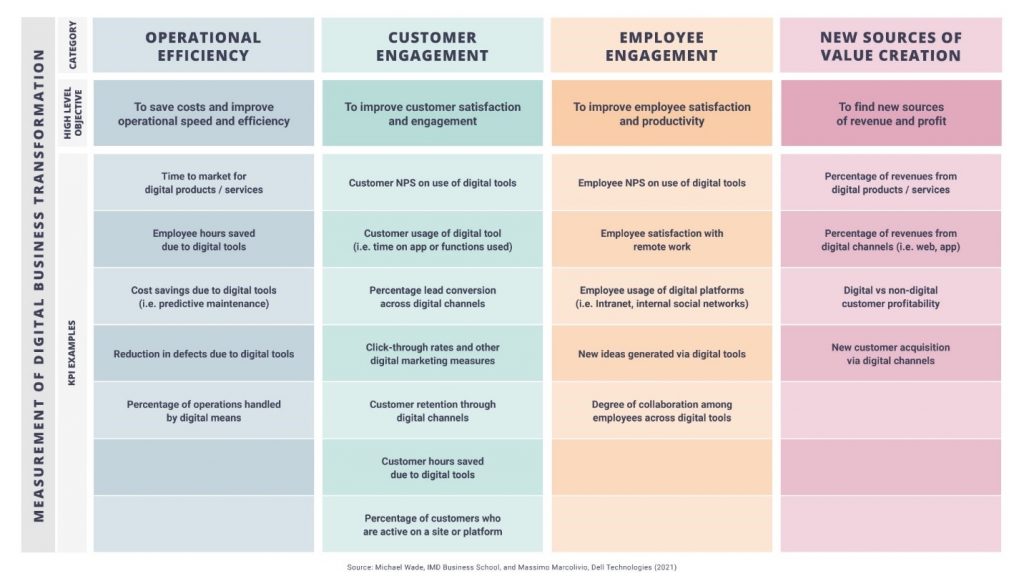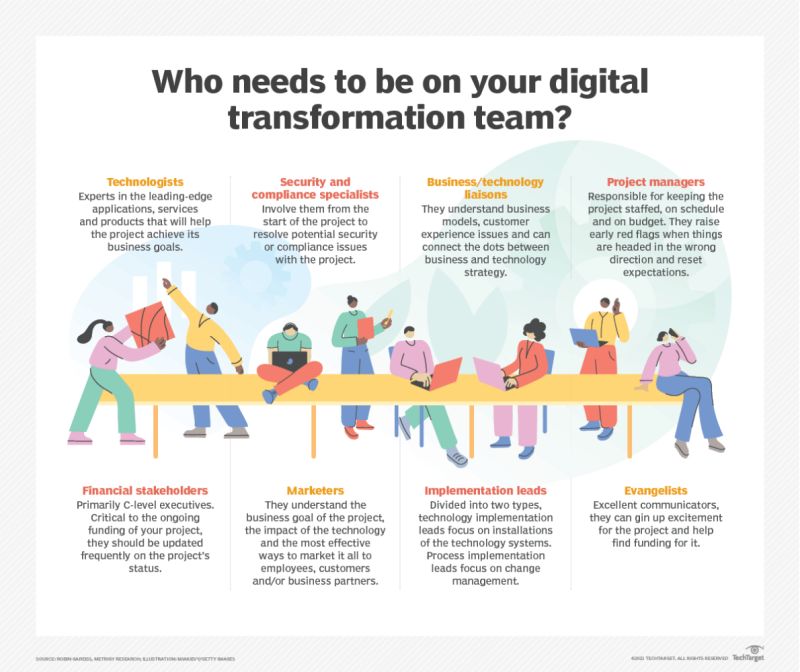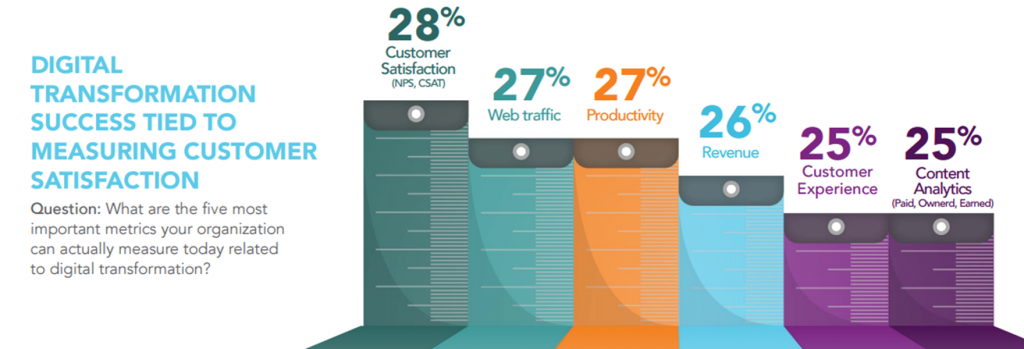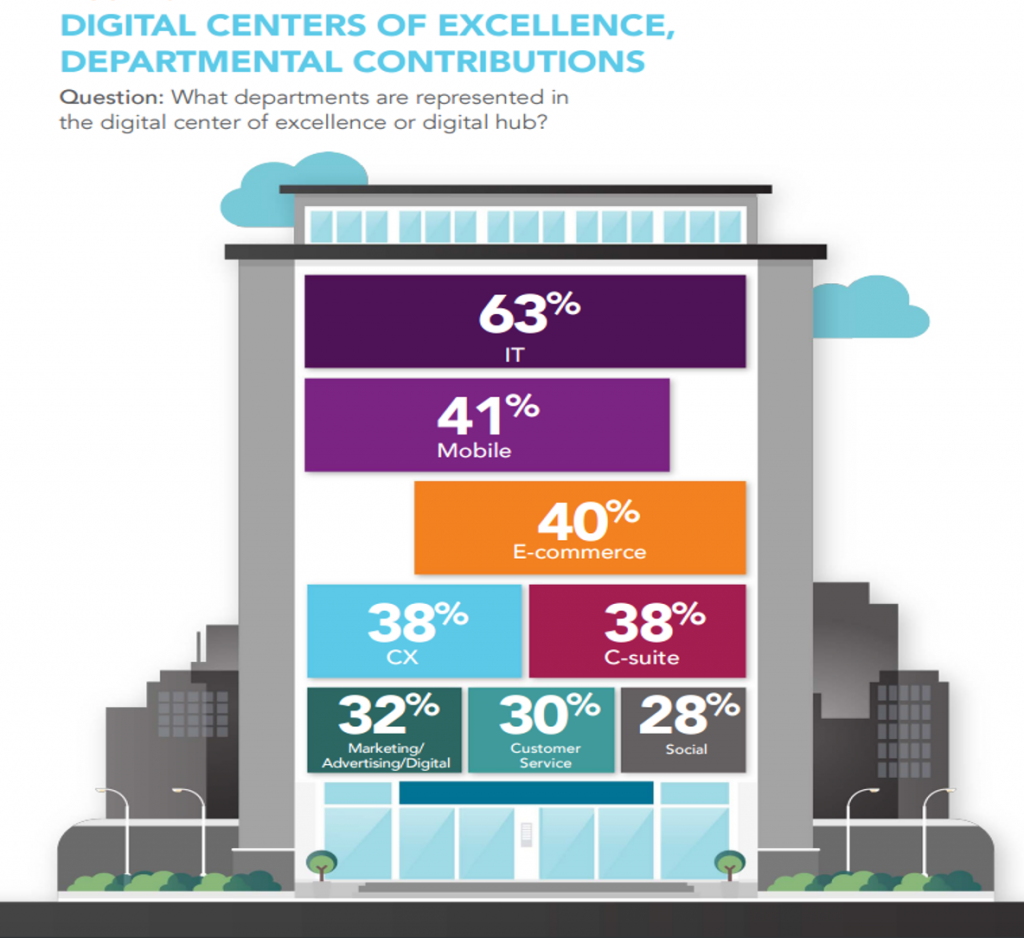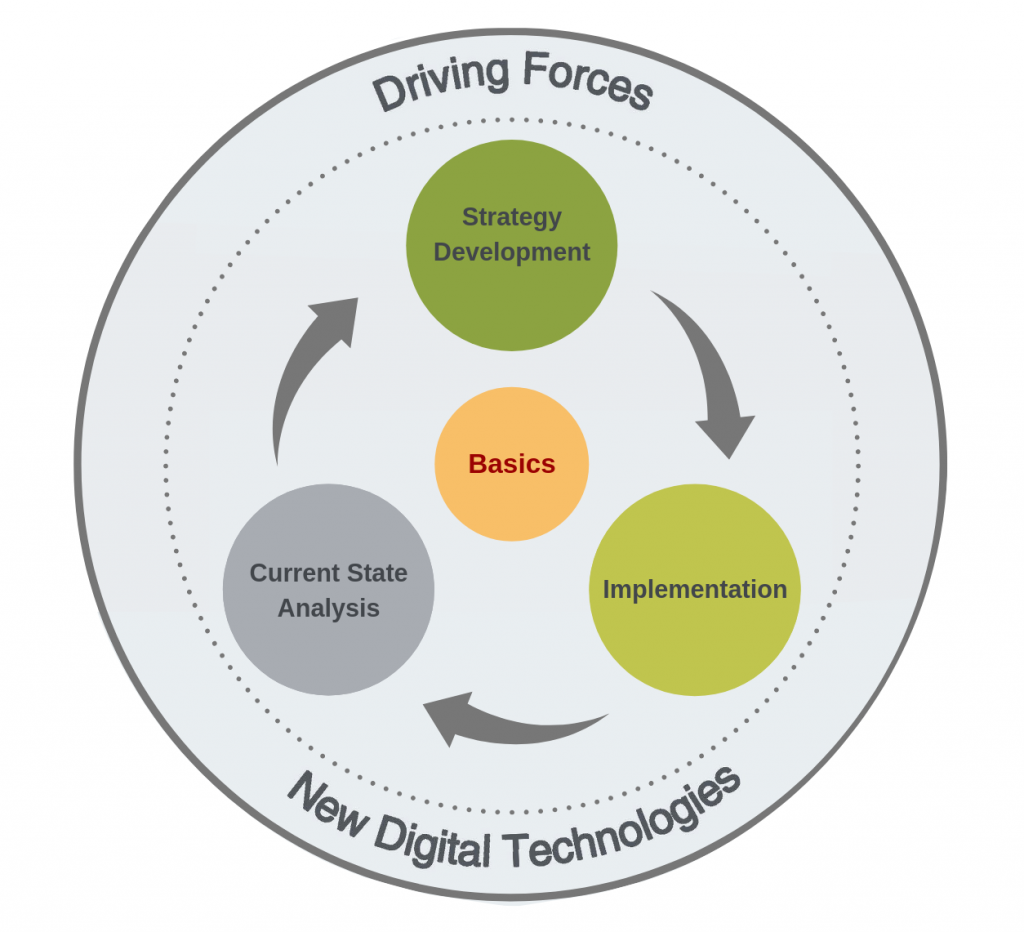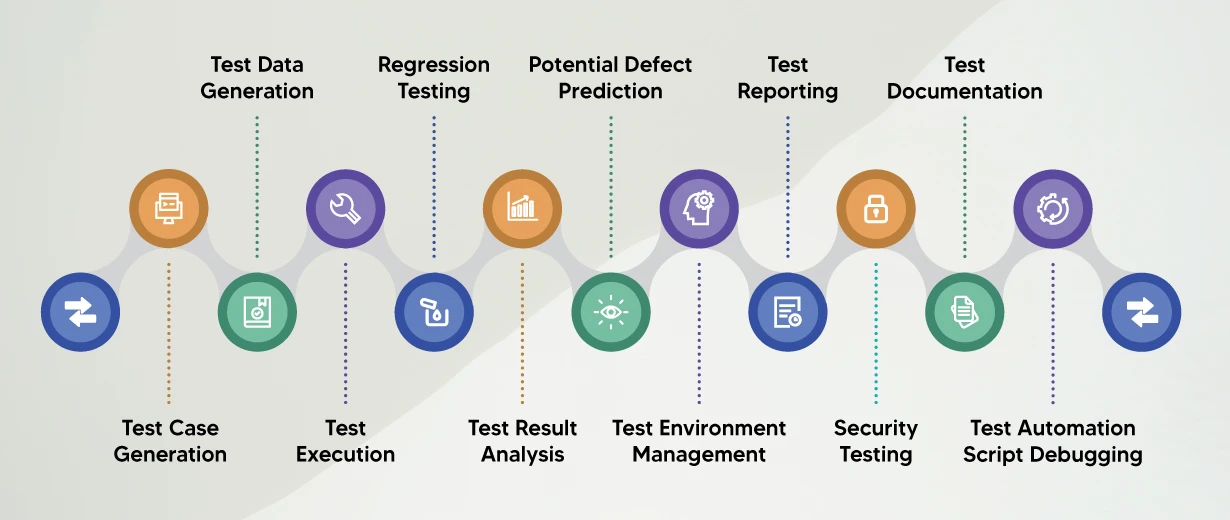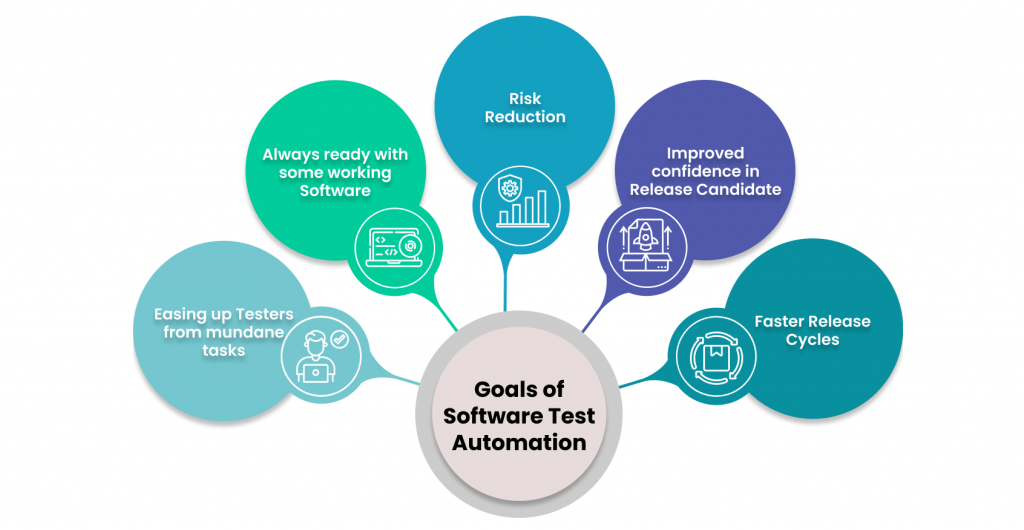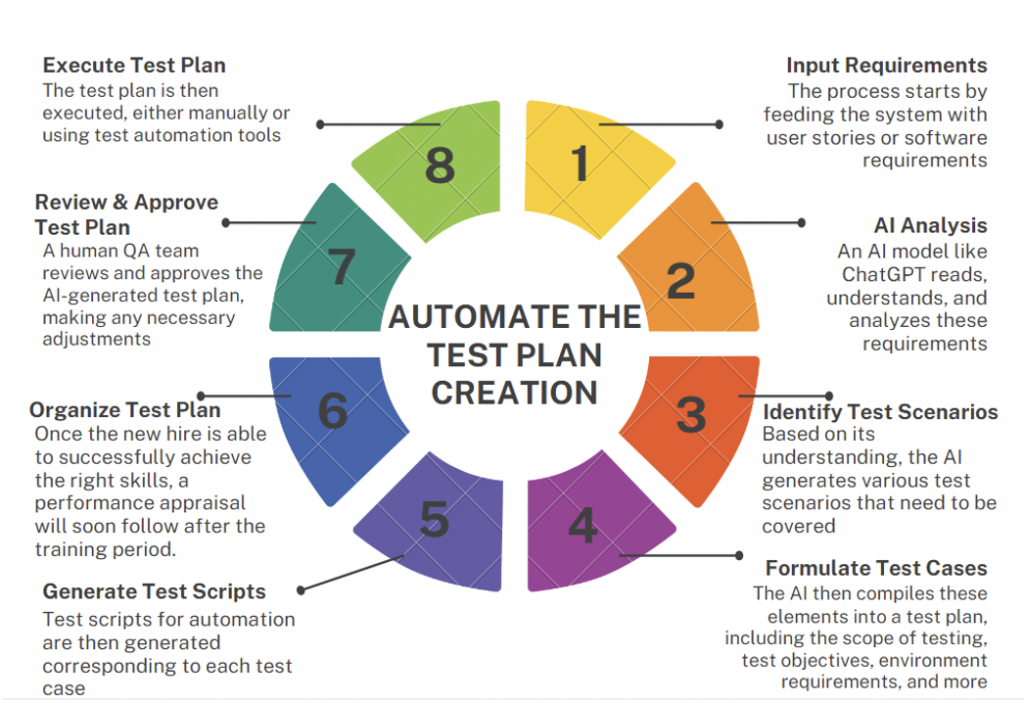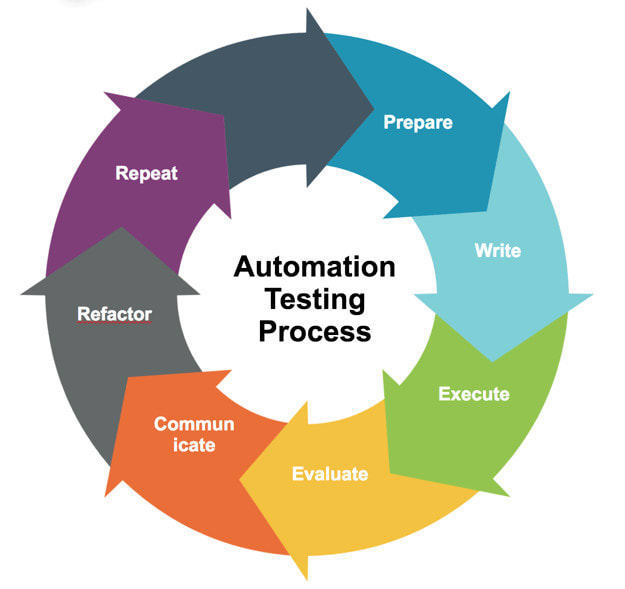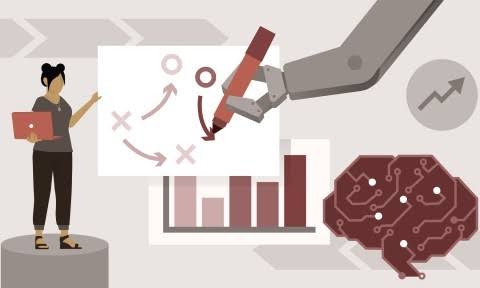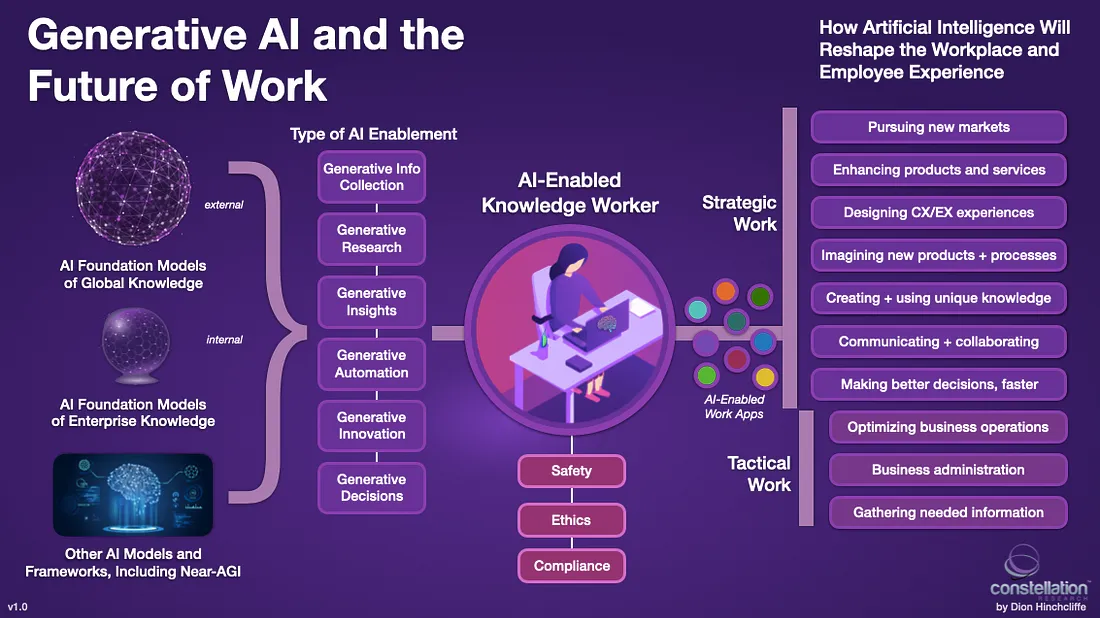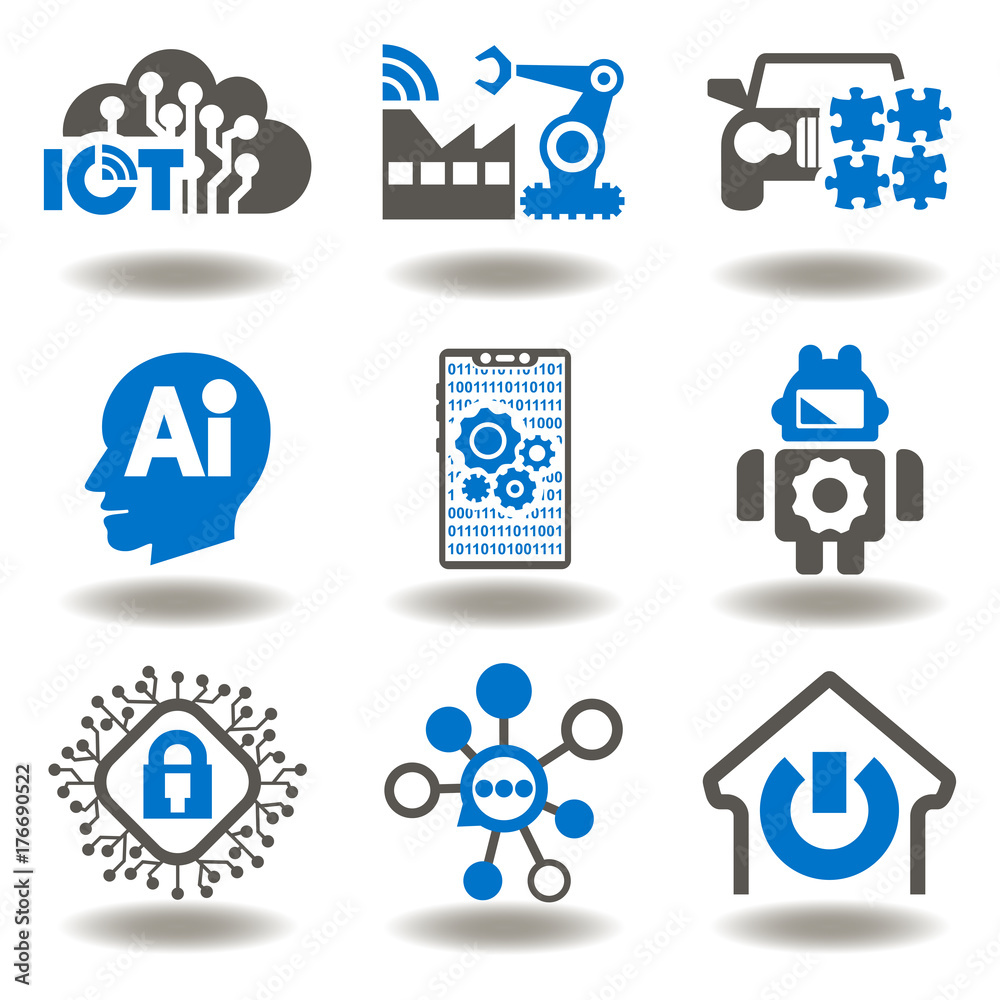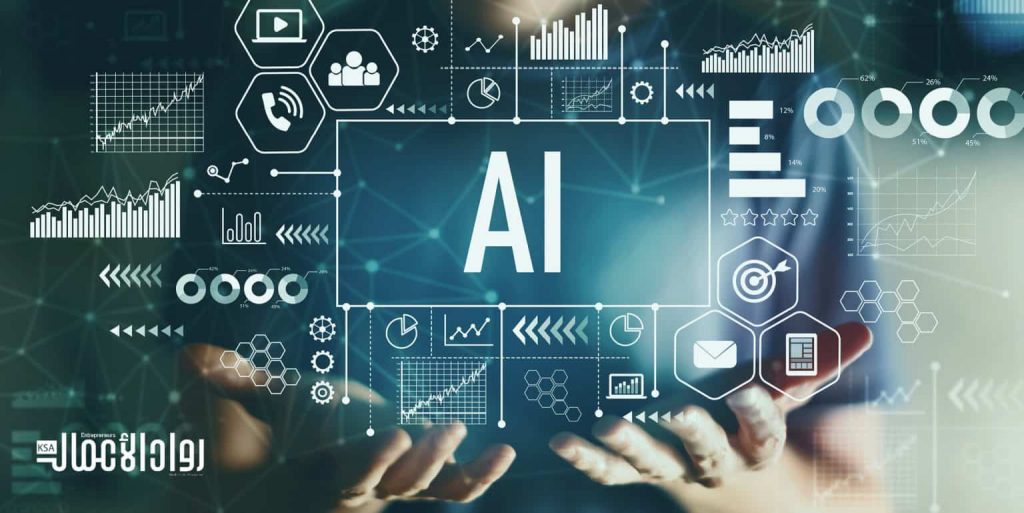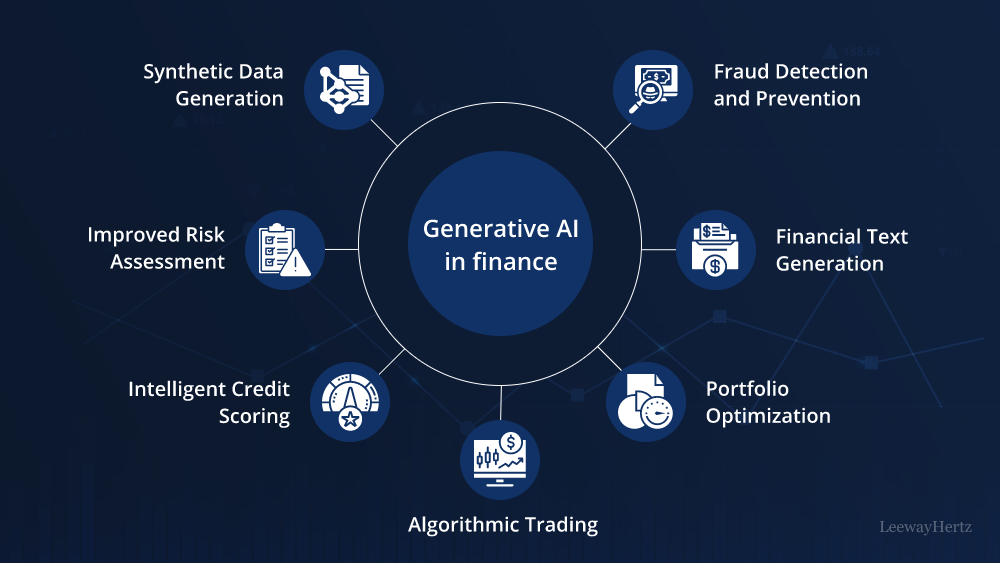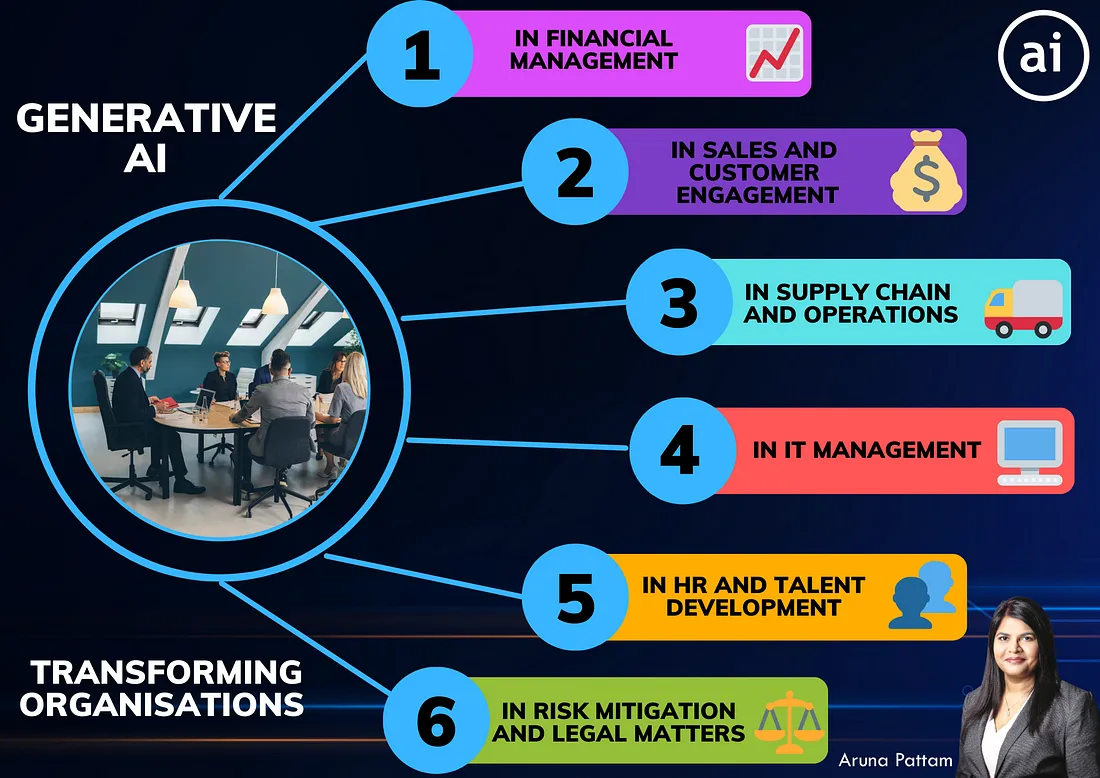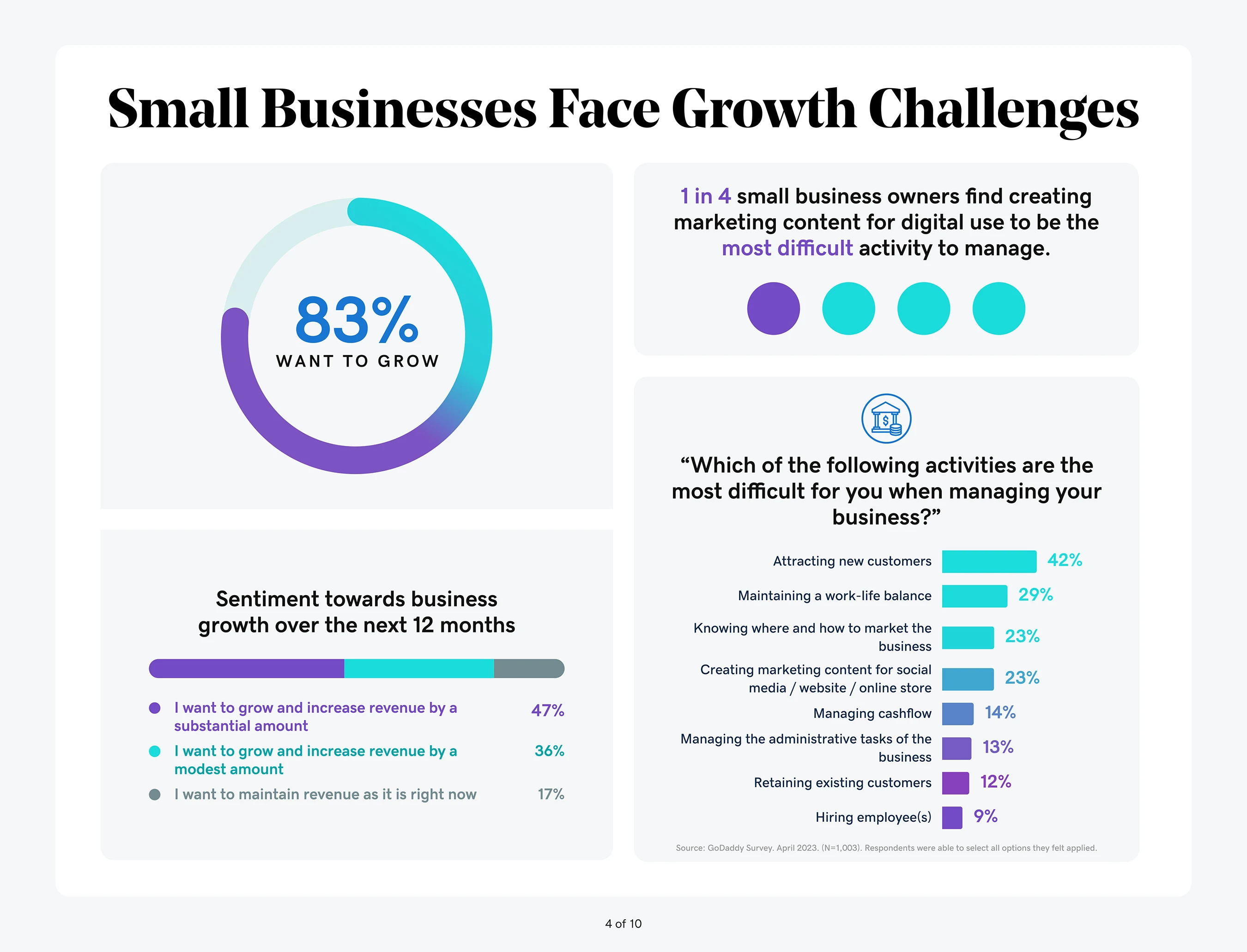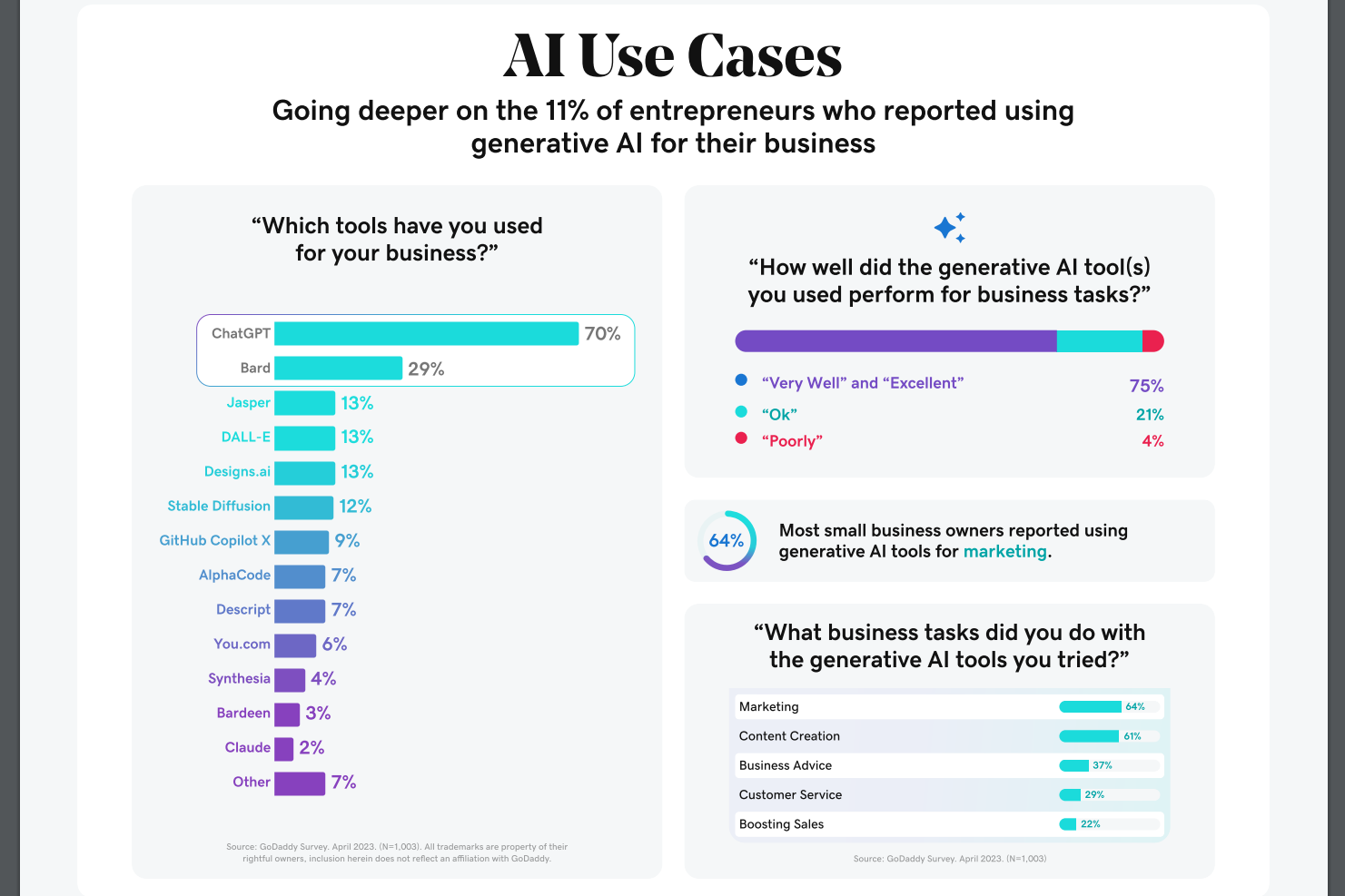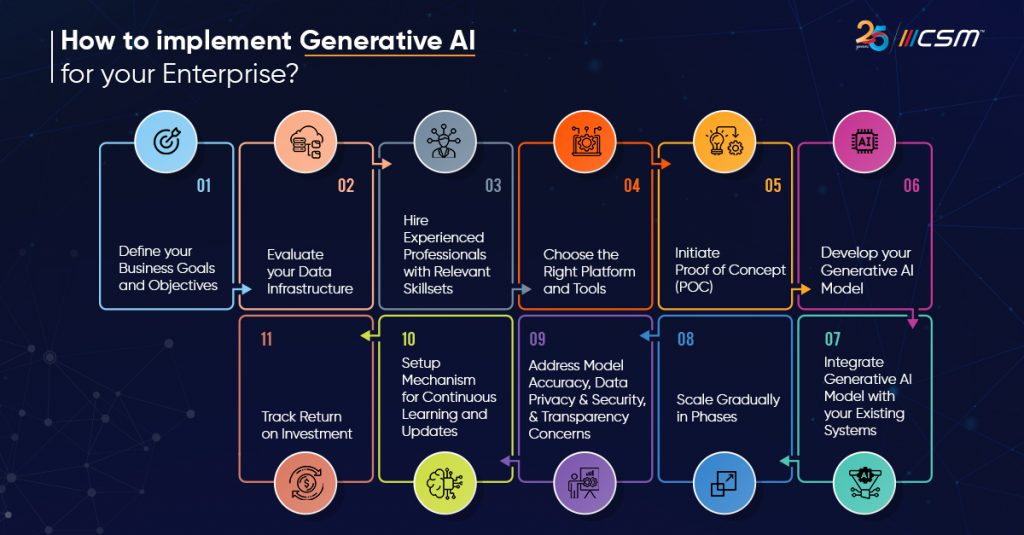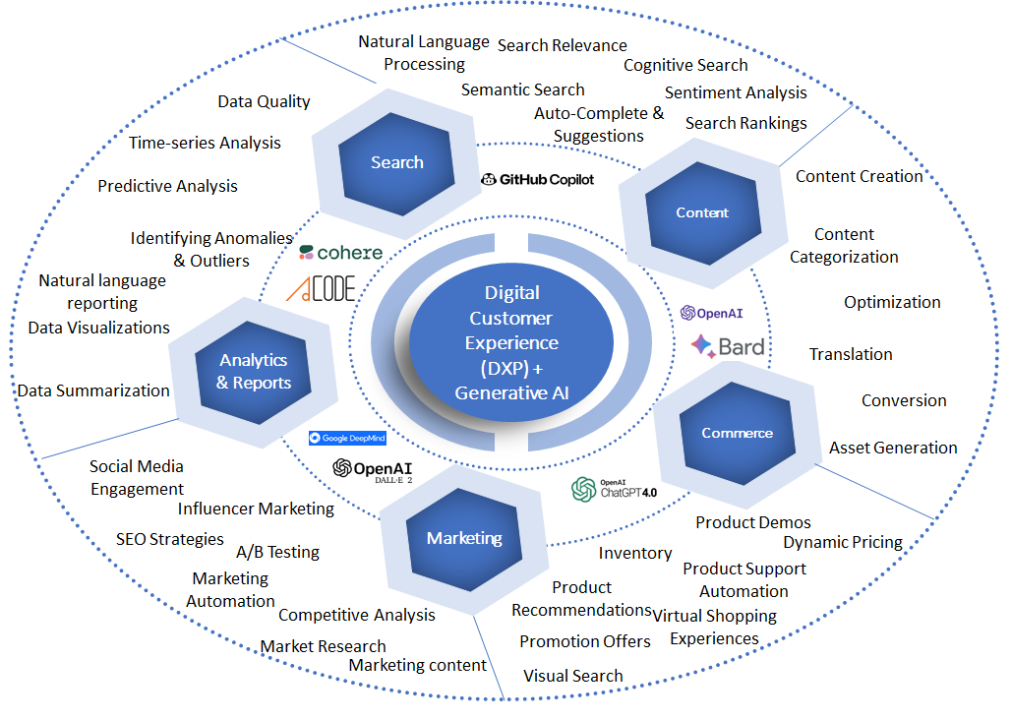
Demystifying Digital Skills: How SFIA Provides a Data-Driven Approach
In an era characterized by rapid technological advancements, digital skills have become the cornerstone of professional competency across industries.
Yet, traditional methods of assessing and measuring digital skills often fall short of capturing the nuanced and dynamic nature of the digital landscape.
Enter the Skills Framework for the Information Age (SFIA), a comprehensive, data-driven approach designed to measure and manage digital skill proficiency effectively.
This framework offers a standardized approach to assess and measure digital skill proficiency, providing valuable insights for individuals, organizations, and policymakers.
i. Understanding SFIA
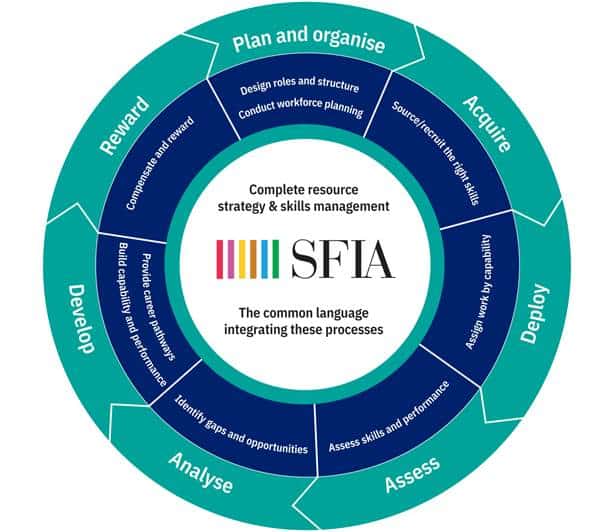
SFIA (pronounced as “sofia”) is a globally recognized framework developed through the collaboration of industry experts, aiming to provide a common language for describing skills and competencies required in the information age. Since its inception in 2000, SFIA has evolved to reflect the changing demands of the digital environment, covering a wide array of skills from strategy and architecture to delivery and operation, and everything in between.
ii. The Challenge of Measuring Digital Skills

Digital skills are multifaceted and constantly evolving. Traditional methods of skill assessment might struggle to capture the nuances of digital proficiency. Here’s why a data-driven approach is essential:
o Subjectivity in Traditional Assessments: Self-reported skills or experience-based evaluations can be subjective and lack consistency.
o Rapidly Evolving Skill Landscape: New technologies and digital tools emerge constantly, making it difficult to keep assessment methods up-to-date.
o Need for Benchmarking and Comparison: Without a standardized approach, it’s challenging to benchmark individual or organizational skill levels against industry standards.
iii. SFIA: A Framework for Data-Driven Skill Measurement

SFIA provides a structured approach to categorizing and measuring digital skills across seven key areas:
o Digital Literacy: Foundational understanding of using technology.
o Communication: Effective communication using digital tools.
o Content Creation: Creating and managing digital content.
o Information Sharing: Finding, sharing, and evaluating digital information.
o Problem Solving: Applying technology to solve problems.
o Business Analysis: Analyzing data and technology to inform business decisions.
o Technology Design and Development: Building and implementing digital solutions.
Each skill within SFIA is further defined by clear and consistent levels, allowing for a more objective assessment of proficiency.
iv. The Core Principles of SFIA
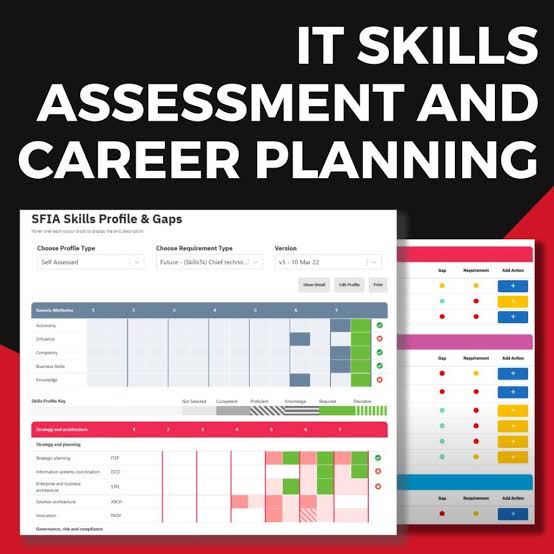
A. Competency-Based Assessment
At the heart of SFIA is the competency-based assessment approach. Rather than focusing solely on qualifications or job titles, SFIA emphasizes the specific skills and proficiency levels needed to perform tasks effectively. This ensures a more accurate evaluation of an individual’s capabilities and their readiness to meet the challenges posed by digital transformation.
B. Structured Levels of Responsibility
SFIA structures skills across seven levels of responsibility, ranging from basic (Level 1) to strategic leadership (Level 7). Each level outlines the complexity, autonomy, influence, and business skills required, providing a clear pathway for career progression and professional development.
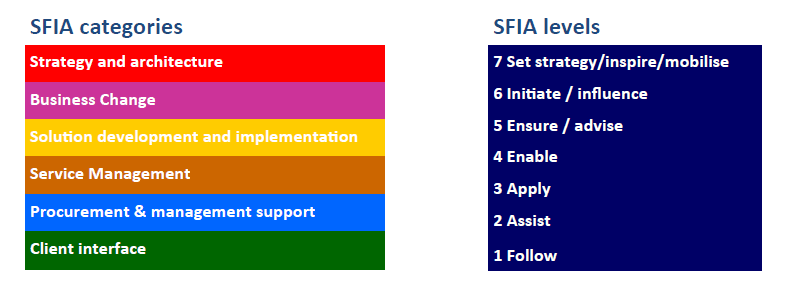
C. Comprehensive Skill Categories
The framework encompasses over 100 skills categorized into six broad areas:
1. Strategy and Architecture
2. Change and Transformation
3. Development and Implementation
4. Delivery and Operation
5. Skills and Quality
6. Relationships and Engagement
This extensive coverage ensures that no critical skill is overlooked, allowing organizations to address all aspects of digital competence.
v. Benefits of a Data-Driven Approach

A. Objective Measurement
SFIA’s data-driven methodology facilitates objective measurement of digital skills. By providing detailed descriptors for each skill and proficiency level, it allows for consistent and unbiased assessment across the organization. This objectivity is crucial for identifying skill gaps, planning development programs, and making informed talent management decisions.
B. Enhanced Talent Management
With SFIA, organizations can create tailored development plans that align with both individual career aspirations and business objectives. HR and talent managers can easily map existing skill sets and identify areas that require enhancement, thereby fostering a culture of continuous learning and growth.

C. Strategic Workforce Planning
Adopting SFIA enables strategic workforce planning by offering insights into the current state of digital skills within the organization. This foresight helps businesses to prepare for future challenges by aligning their workforce capabilities with evolving technological advancements and market demands.
D. Improved Recruitment Processes
SFIA’s standardized skill descriptions simplify the recruitment process by providing clear criteria for evaluating candidates. This ensures that new hires not only possess the necessary qualifications but also the specific skills required for success in their roles, leading to better hiring outcomes and reduced turnover rates.
vi. SFIA Distinctive Data-Driven Approach
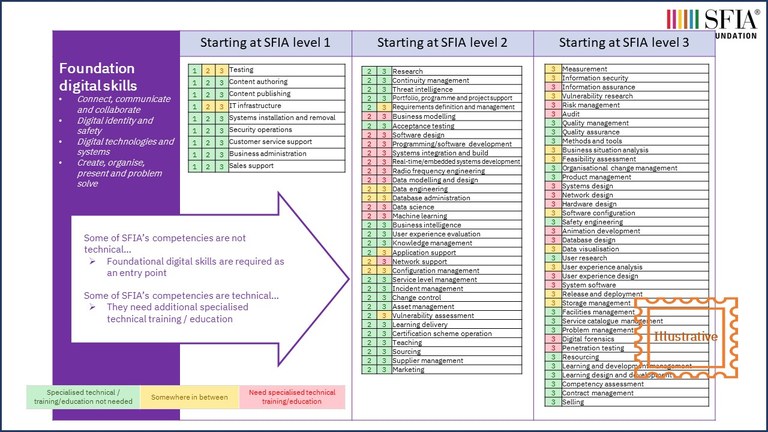
SFIA’s data-driven methodology is a key feature that sets it apart. This approach involves the systematic collection and analysis of data related to skills and competencies. Here’s how SFIA leverages data to measure digital skill proficiency:
A. Skill Definition and Taxonomy: SFIA provides a detailed taxonomy of skills, each defined with specific attributes and proficiency levels. This standardization allows for consistent data collection and comparison across different organizations and roles.
B. Competency Assessment Tools: Various tools and platforms integrate SFIA’s framework to assess individual competencies. These tools gather data on employees’ performance, qualifications, and experiences, mapping them to SFIA’s skill definitions. The use of online assessments, simulations, and practical tasks ensures that the data collected reflects real-world capabilities.
C. Benchmarking and Analytics: SFIA’s rich dataset enables benchmarking against industry standards and best practices. Organizations can analyze their workforce’s skills profile, identify gaps, and compare it with industry peers. This analytical capability is crucial for strategic workforce planning and development.
D. Continuous Feedback and Improvement: SFIA supports continuous learning and development through regular feedback loops. Data collected from assessments and performance reviews inform targeted training programs, ensuring that skill development is aligned with both individual career goals and organizational needs.
vii. Benefits of SFIA Enabled Data-Driven Digital Skills Measurement
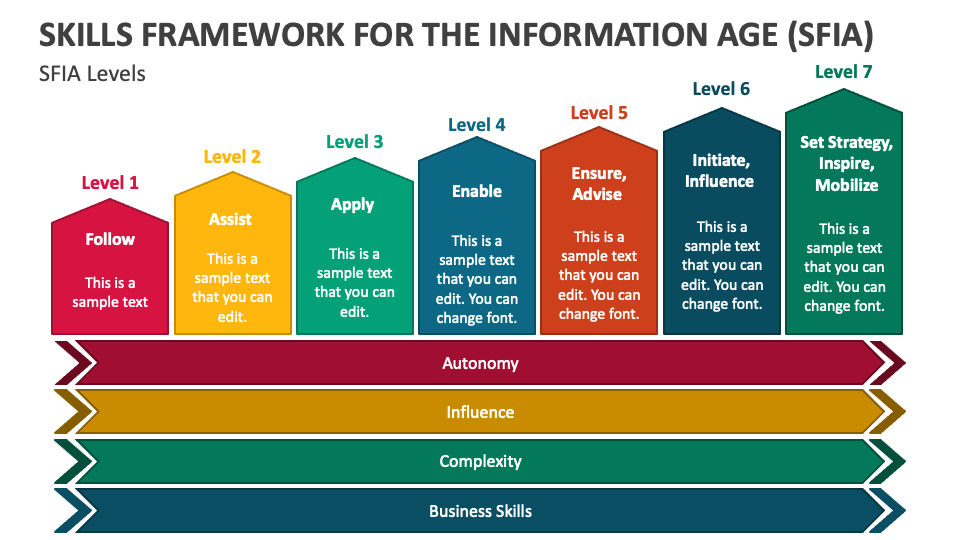
The data-driven approach enabled by SFIA offers significant benefits:
o Individual Skill Development: Individuals can track their progress towards achieving specific SFIA skill levels, guiding their learning journey.
o Talent Management and Upskilling: Organizations can leverage SFIA to identify skill gaps within their workforce and develop targeted upskilling programs.
o Industry Benchmarking: Companies can benchmark their workforce’s digital skills against industry standards to identify areas for improvement and maintain a competitive edge.
o Policy and Education Development: Policymakers can use SFIA data to inform education and training programs,ensuring they equip individuals with the skills needed for the digital economy.
viii. Implementing SFIA in Your Organization
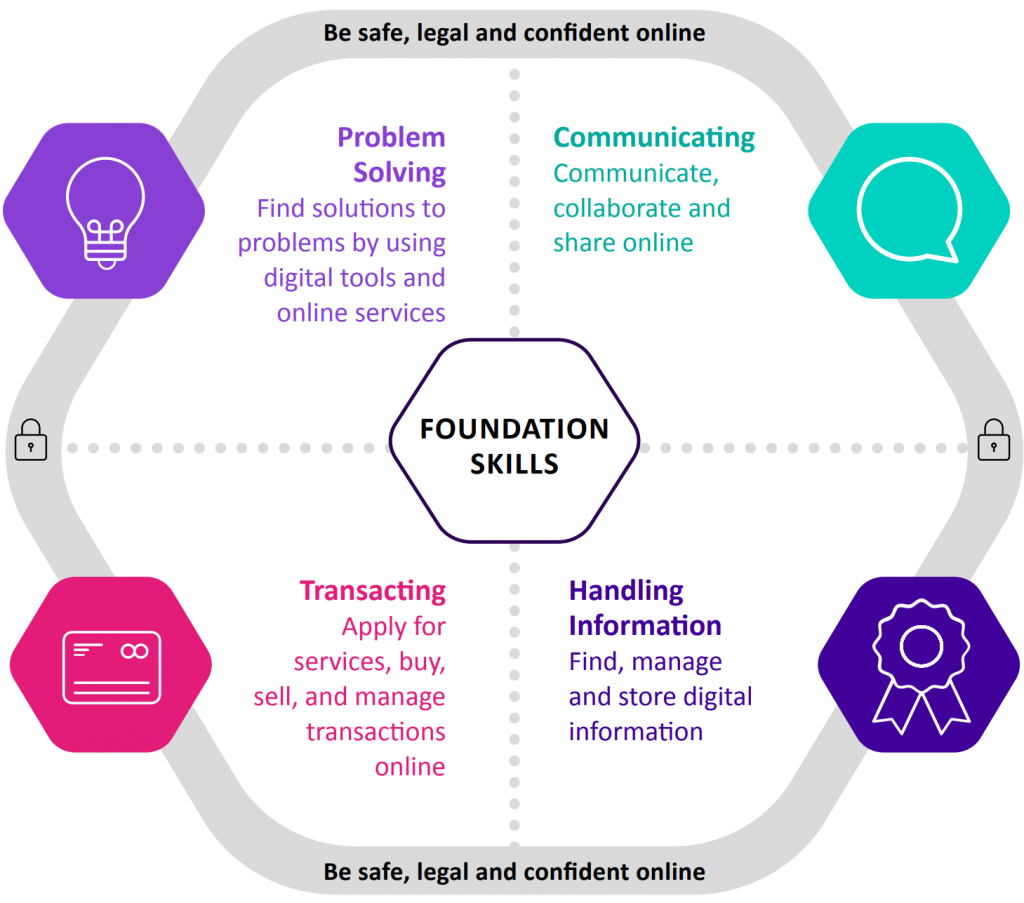
A. Skill Inventory and Mapping
Begin by conducting a thorough inventory of the existing skills within your organization. Map these skills against the SFIA framework to identify current proficiencies and areas needing development.
B. Training and Development Programs
Utilize the insights gained from the skills inventory to design targeted training and development programs. Focus on bridging skill gaps and enhancing competencies necessary for driving digital transformation.
C. Continuous Monitoring and Feedback
Regularly assess and monitor skill levels to ensure continuous improvement. Incorporate feedback mechanisms to keep the framework relevant and responsive to the changing technological landscape.
D. Engage Stakeholders
Engage stakeholders, including employees, managers, and industry experts, in the implementation process. This collaborative approach fosters a sense of ownership and ensures the framework is effectively integrated into organizational practices.
ix. Beyond the Data: The Human Factor

While data is crucial, it’s important to consider the human element:
o Focus on Learning and Development: Use SFIA data to identify skill gaps but also create a culture of continuous learning and development.
o Soft Skills and Adaptability: While SFIA focuses on technical skills, recognize the importance of soft skills and adaptability in the digital workplace.
x. Benefits for Stakeholders

A. Organizations: For employers, SFIA offers a strategic tool to manage talent effectively. It aids in identifying skill gaps, planning training programs, and making informed hiring decisions. By aligning workforce skills with organizational goals, companies can enhance productivity and innovation.
B. Individuals: Professionals benefit from clear career pathways defined by SFIA’s framework. Understanding the competencies required at each level helps individuals plan their career development, pursue relevant training, and achieve professional certifications.
C. Educational Institutions: Academic and training institutions use SFIA to design curricula that meet industry needs. By aligning educational programs with SFIA’s skill definitions, institutions ensure that graduates are equipped with the competencies demanded by employers.
xi. The Road Ahead: A Future with Measurable Digital Skills

SFIA provides a powerful framework for a data-driven approach to measuring digital skill proficiency. By leveraging this framework, individuals, organizations, and policymakers can gain valuable insights to bridge the digital skills gap,empower workforces, and navigate the ever-evolving digital landscape. As the digital world continues to transform, SFIA offers a valuable tool for building a future where digital skills are measurable, valued, and continuously evolving.
xii. Conclusion
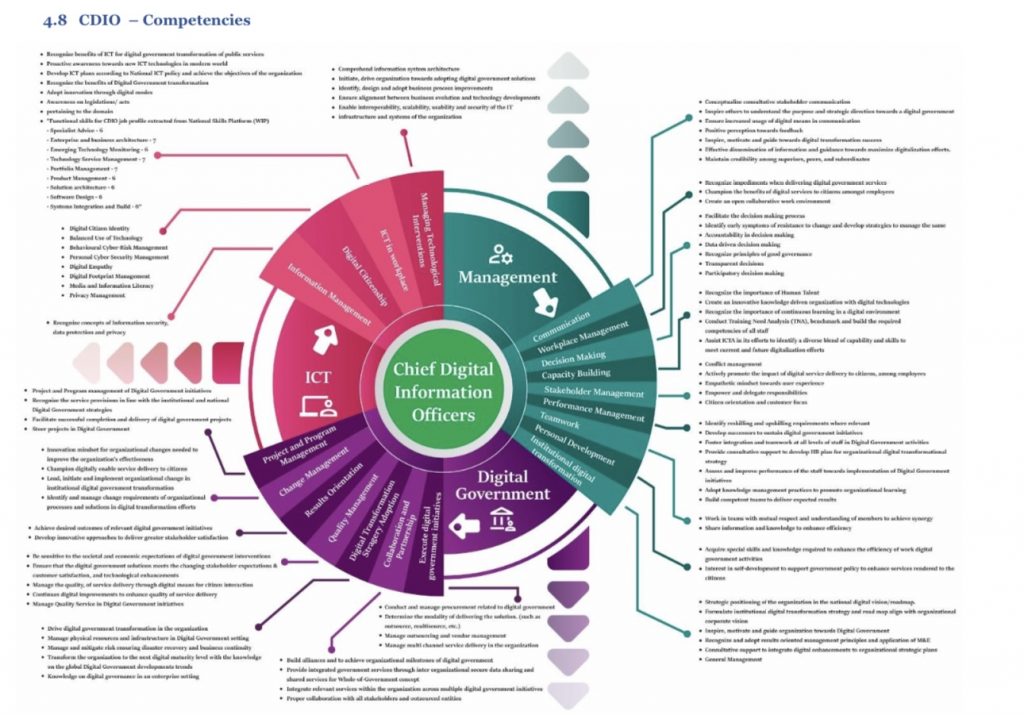
In the digital era, where the only constant is change, SFIA presents a robust, data-driven approach to navigating the complexities of skill management.
By adopting a data-driven approach to measuring digital skill proficiency, businesses can ensure they have the right talent in place to drive innovation, enhance productivity, and remain competitive.
This adaptability is key to fostering innovation, maintaining competitive advantage, and securing future success in an increasingly digital world.
As digital transformation continues to reshape the business landscape, frameworks like SFIA will be instrumental in helping organizations build a skilled and agile workforce, ready to meet the challenges of the future.
xiii. Further references
SFIA: A Data-Driven Approach to Measuring Digital Skill Proficiency – LinkedIn
LinkedIn · John Kleist III2 weeks agoJohn Kleist III’s Post – SFIA
SFIAhttps://sfia-online.org › digital-bad…SFIA Digital Badge Assessment — English
SkillsTXhttps://skillstx.com › sfia-pioneerin…SFIA: Pioneering the Skills-First Talent Revolution
SFIAhttps://sfia-online.org › about-sfiaSFIA and skills management — English
وزارة الاتصالات وتقنية المعلوماتhttps://www.mcit.gov.sa › filesPDFThe complete reference
SFIAhttps://sfia-online.orgThe global skills and competency framework for …
World Bank Blogshttps://blogs.worldbank.org › how-…How to define, measure, and assess digital skills
SFIAhttps://sfia-online.org › sfia-viewsMapping SFIA 8 skills to NICE work roles
World Bankhttps://documents1.worldbank.org › …PDFDigital Skills: Frameworks and Programs
MuchSkillshttps://www.muchskills.com › skill…Unlock organisational success with a skills taxonomy
SFIA NZhttps://help.sfia.nz › en-nz › articlesThe Context for SFIA


